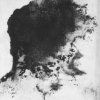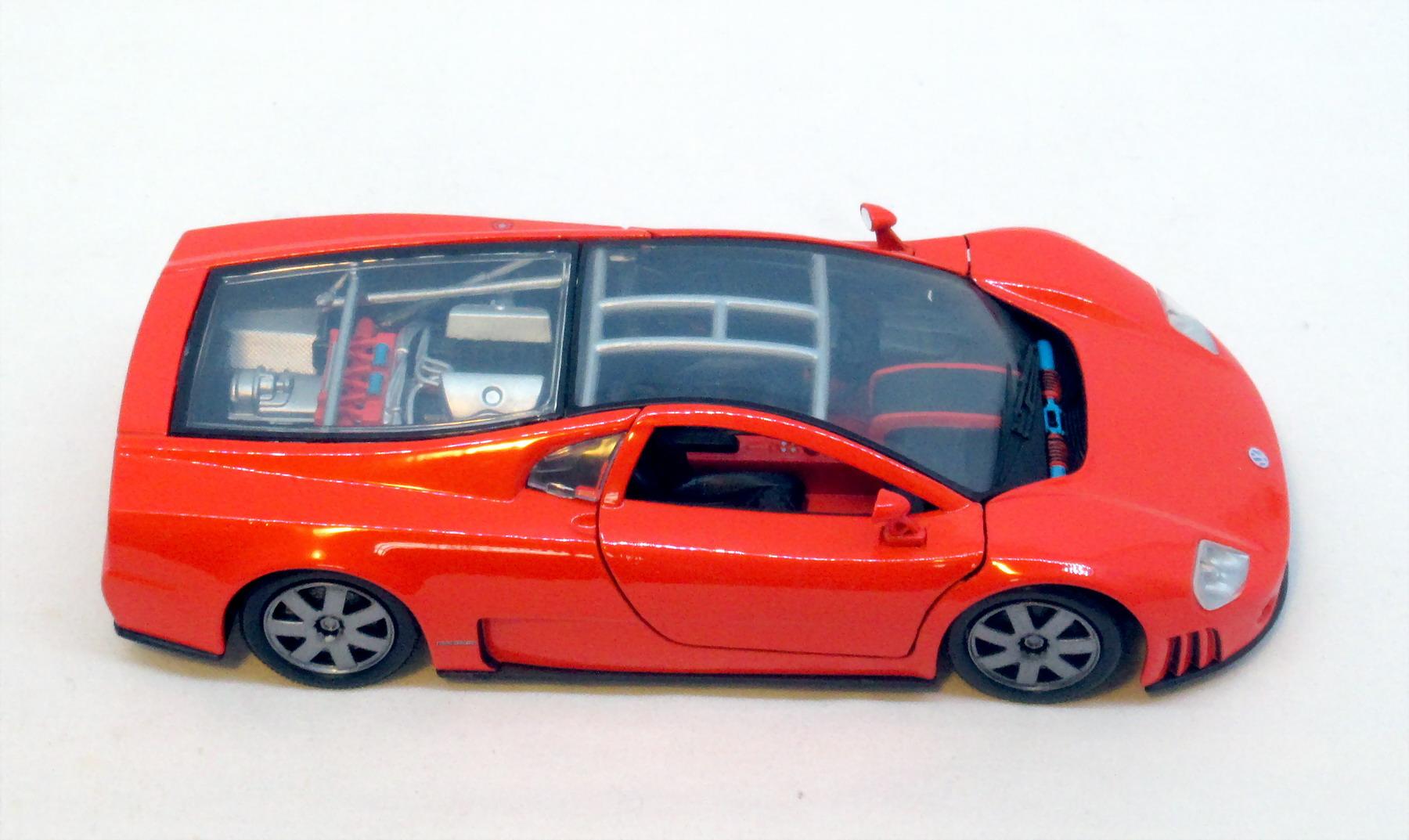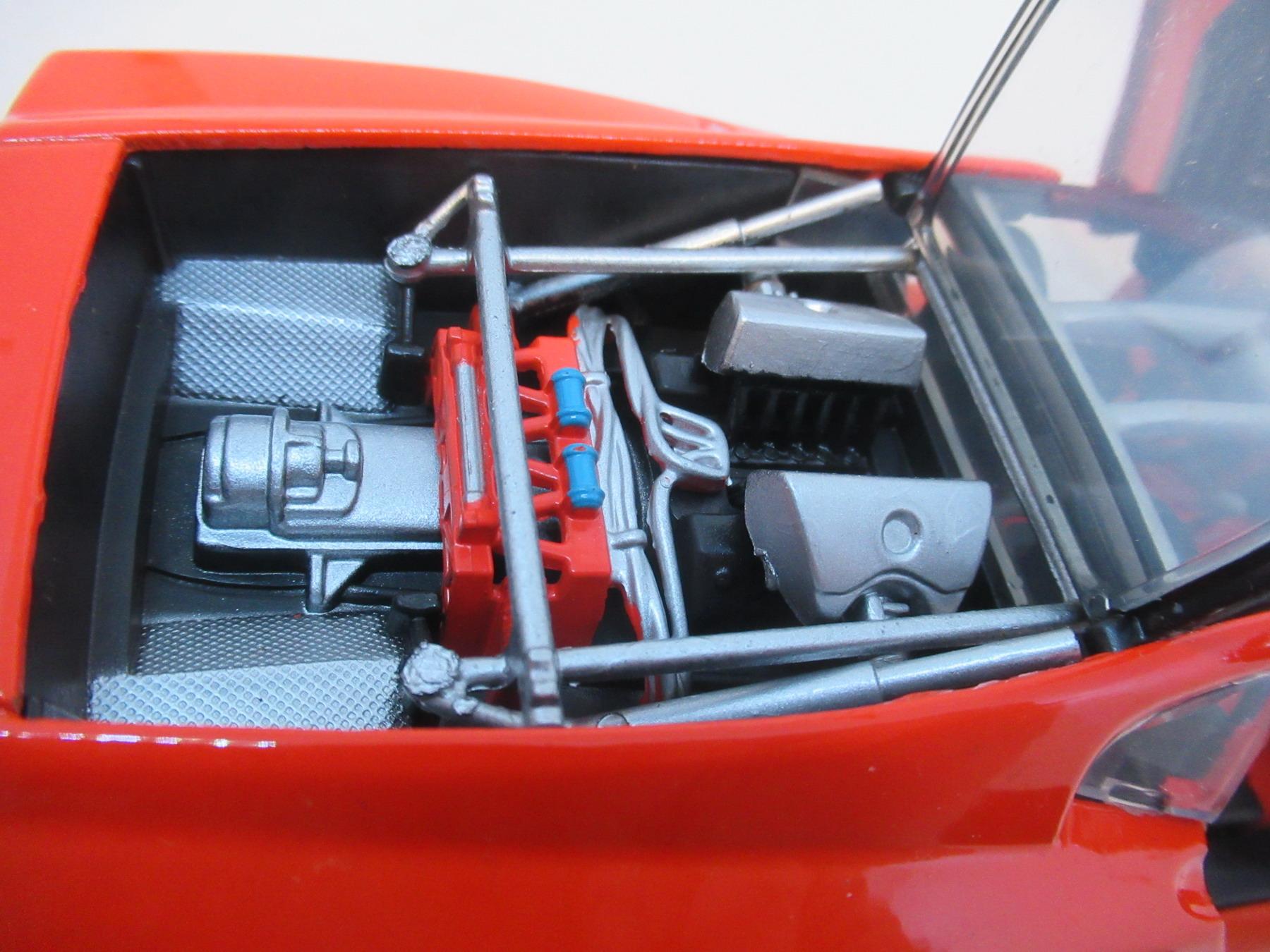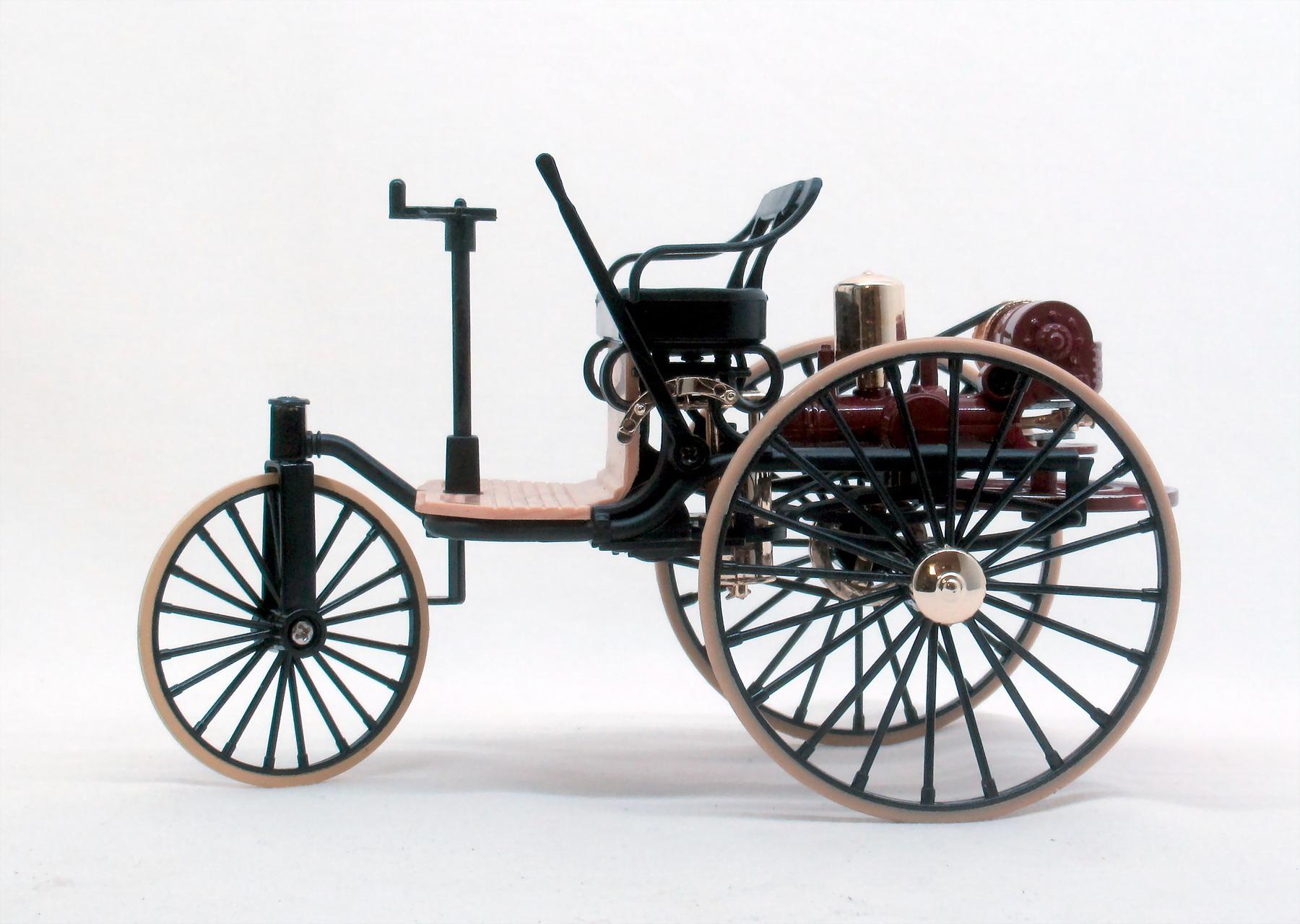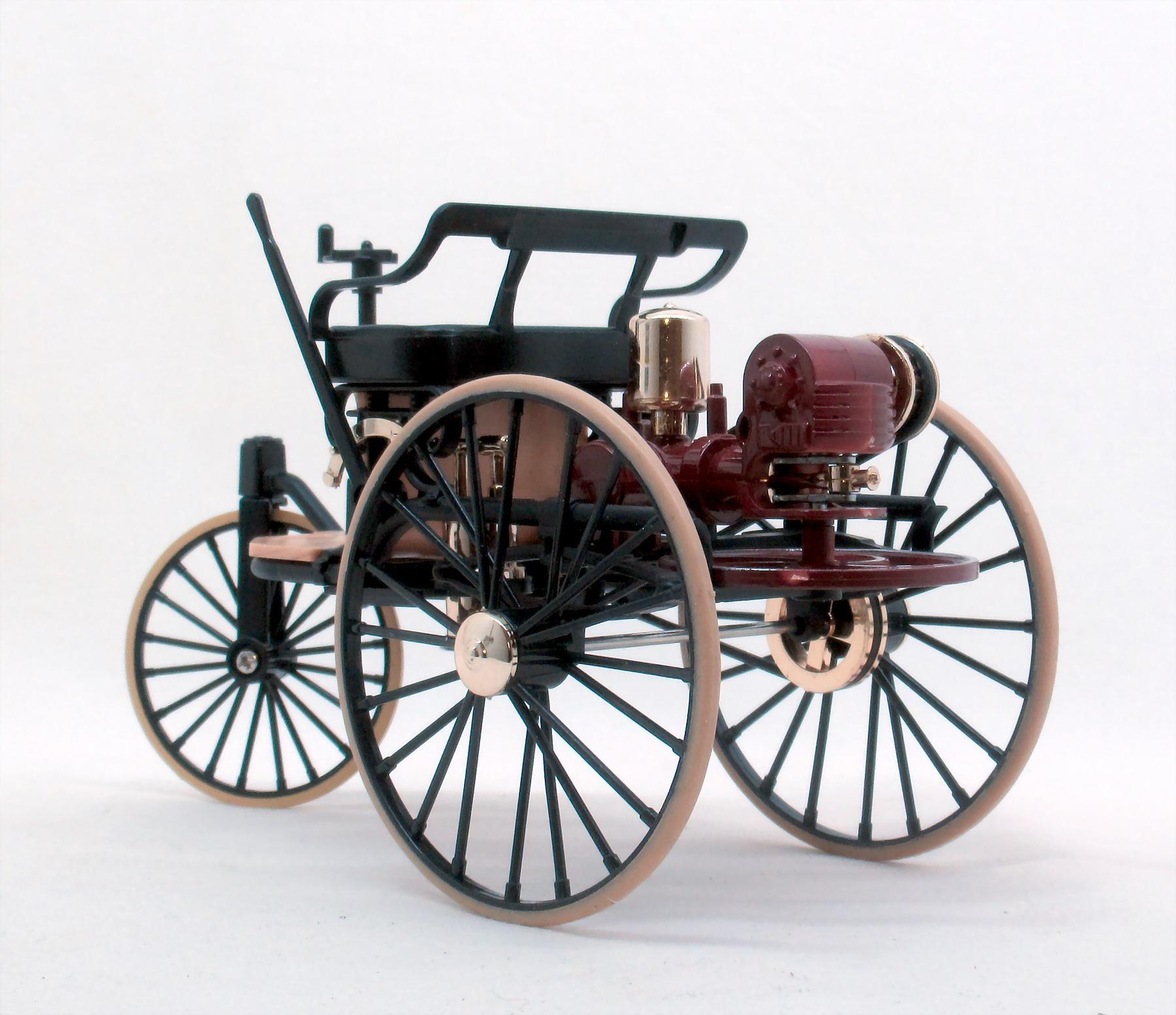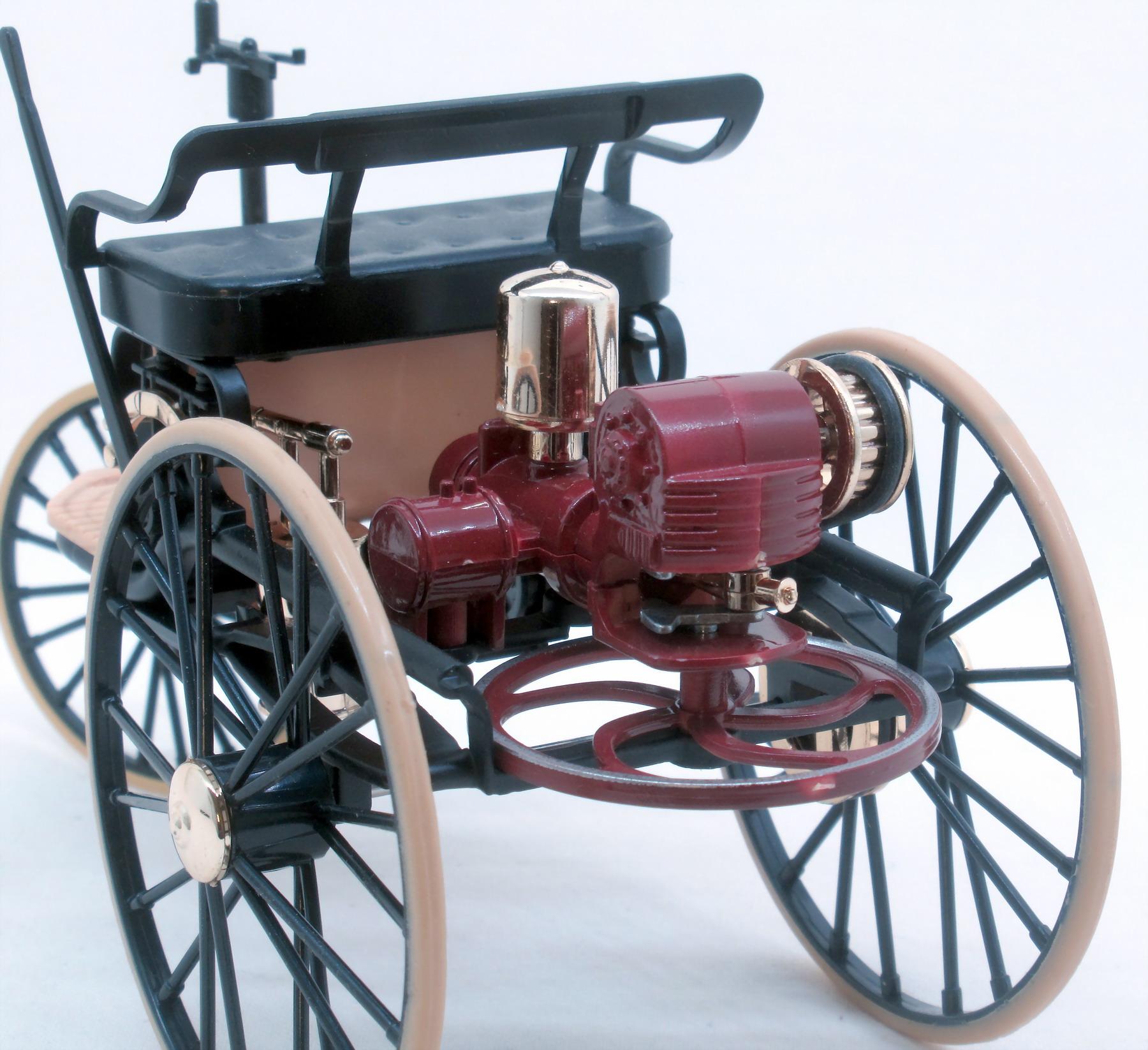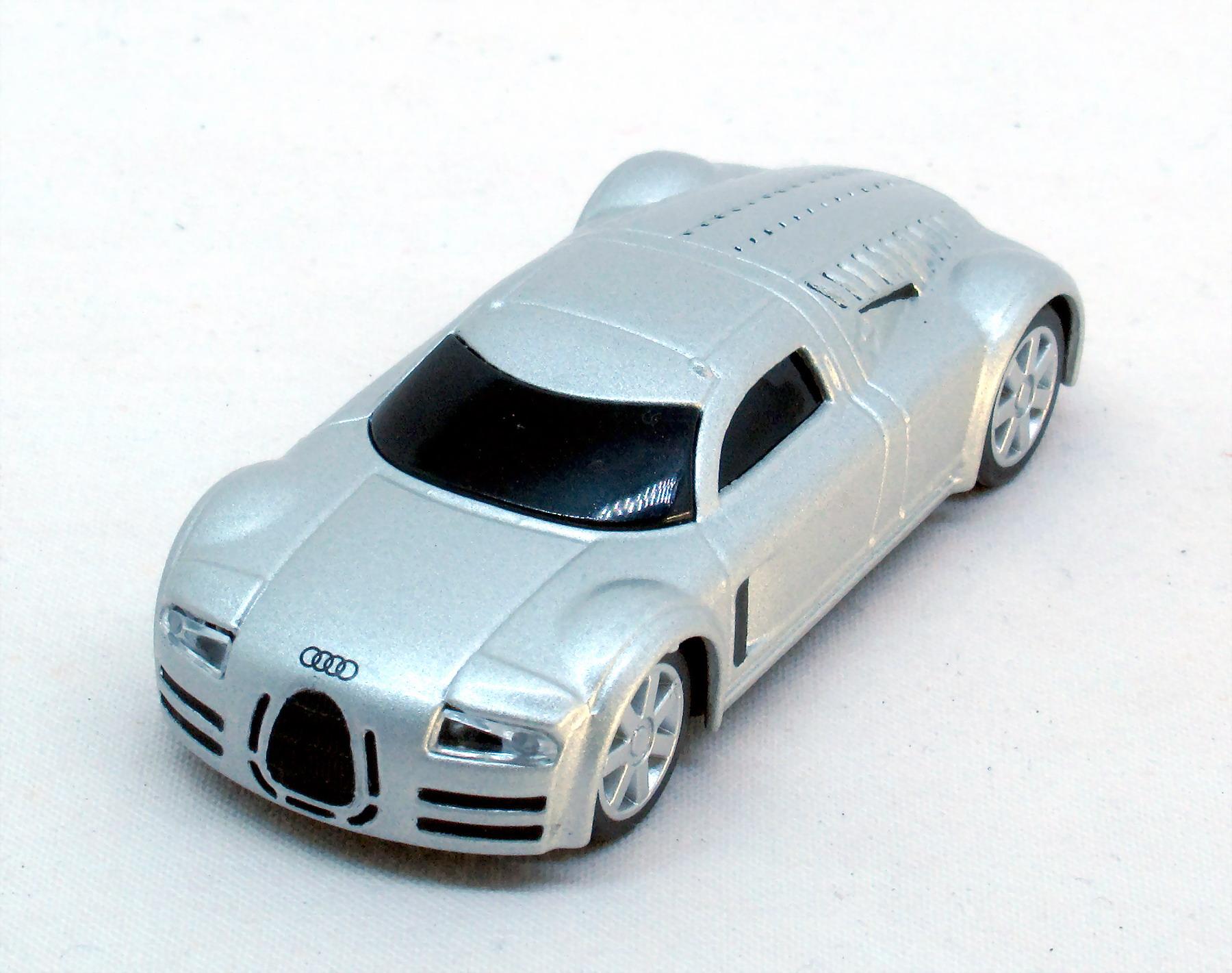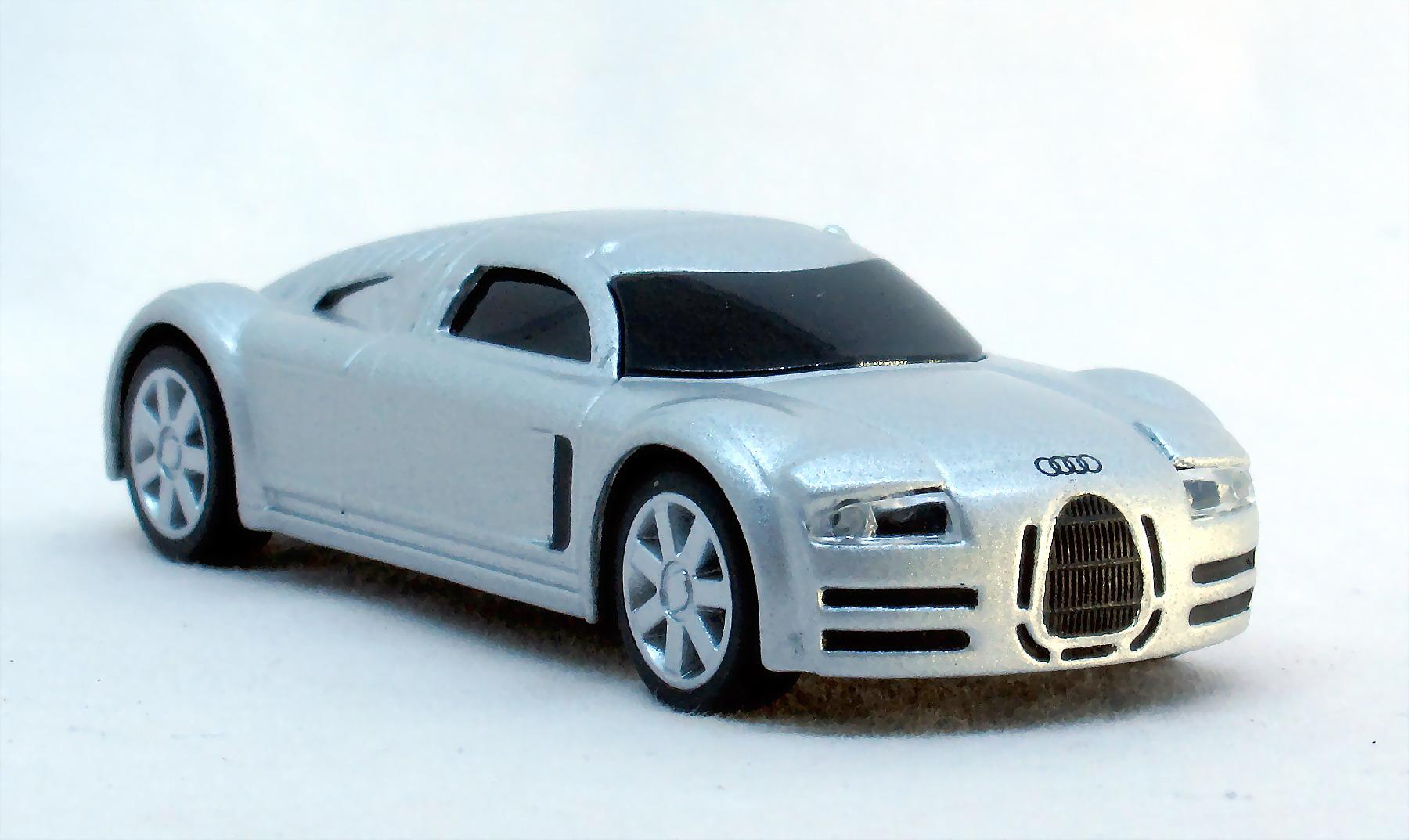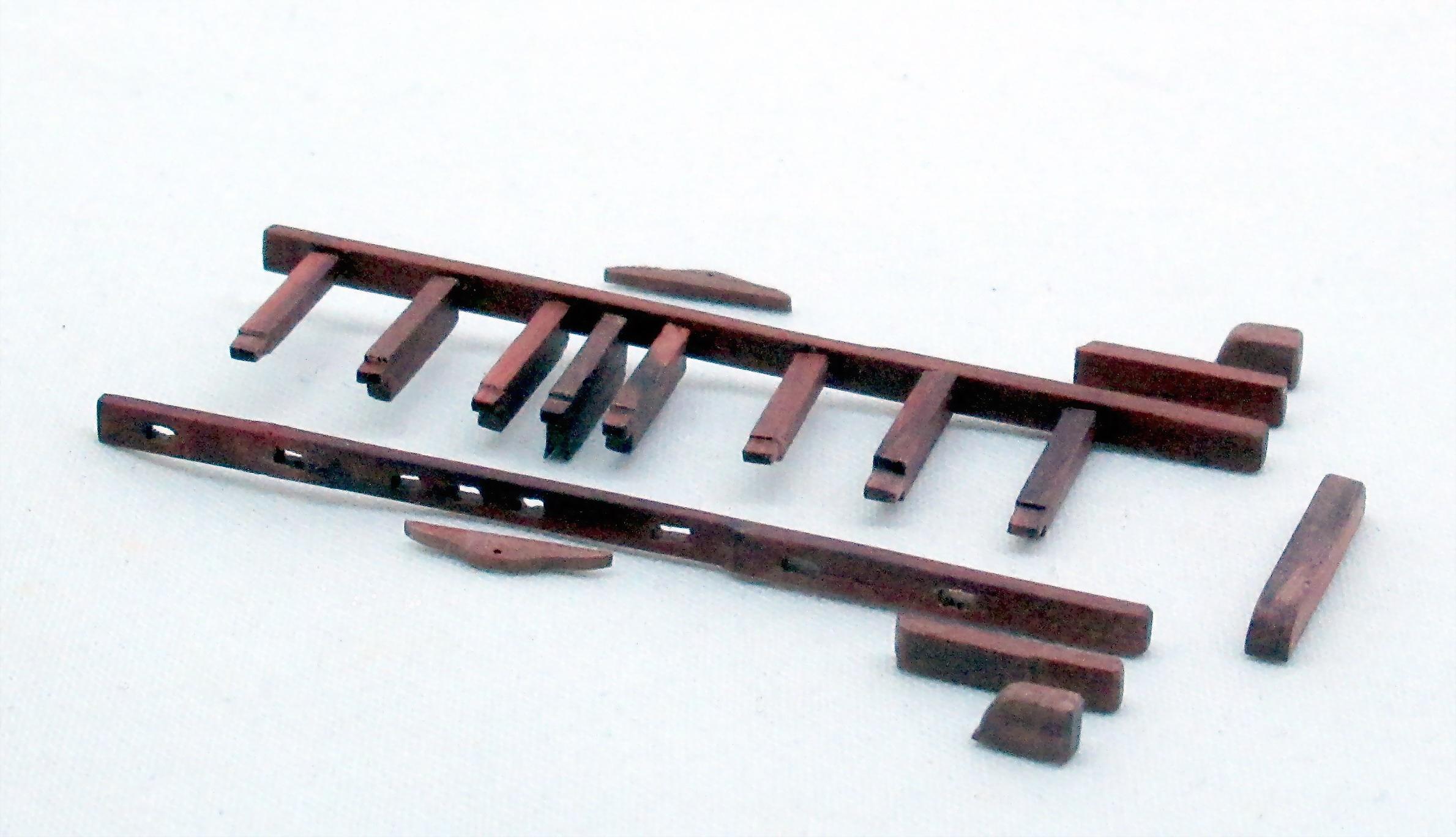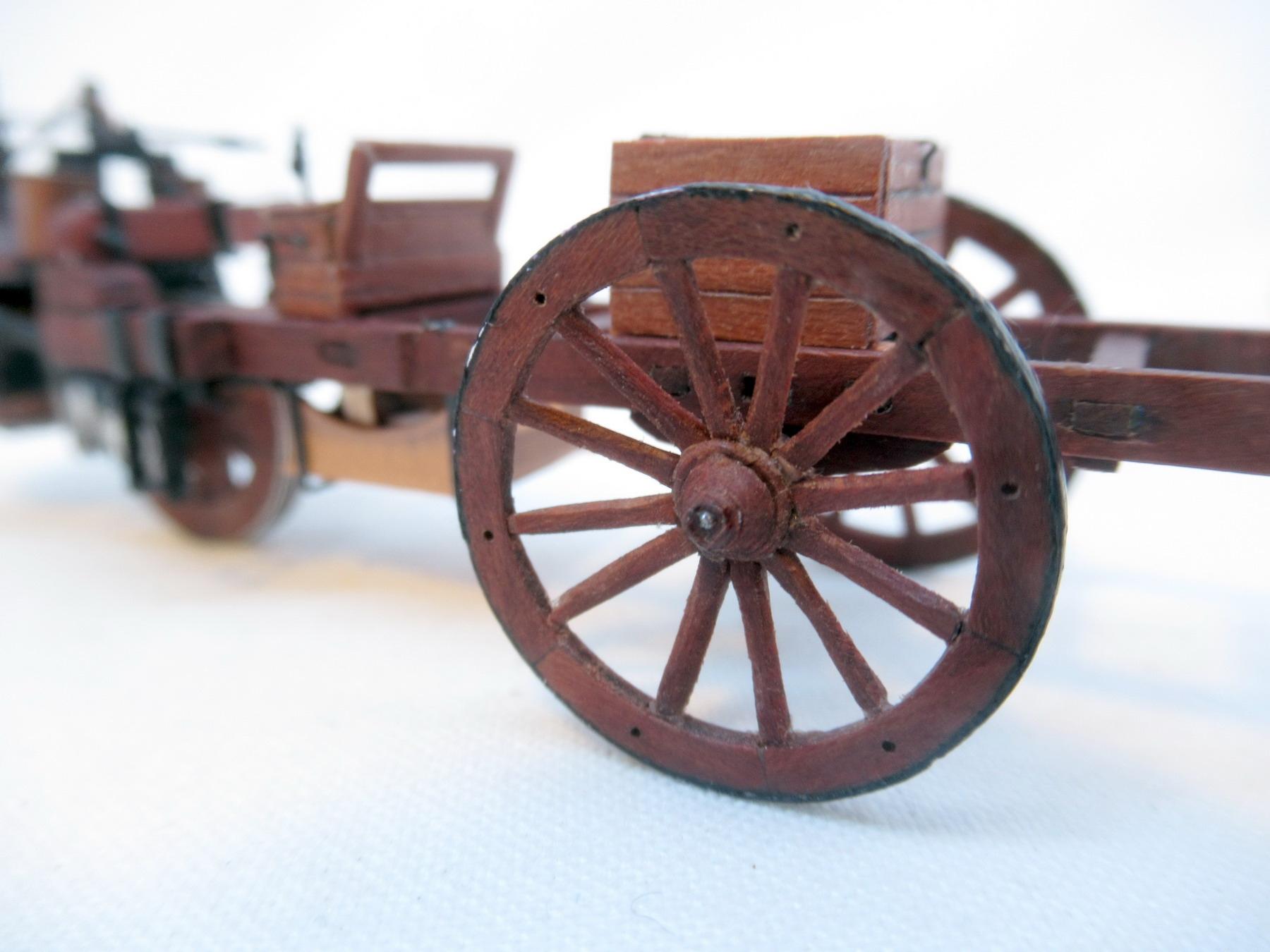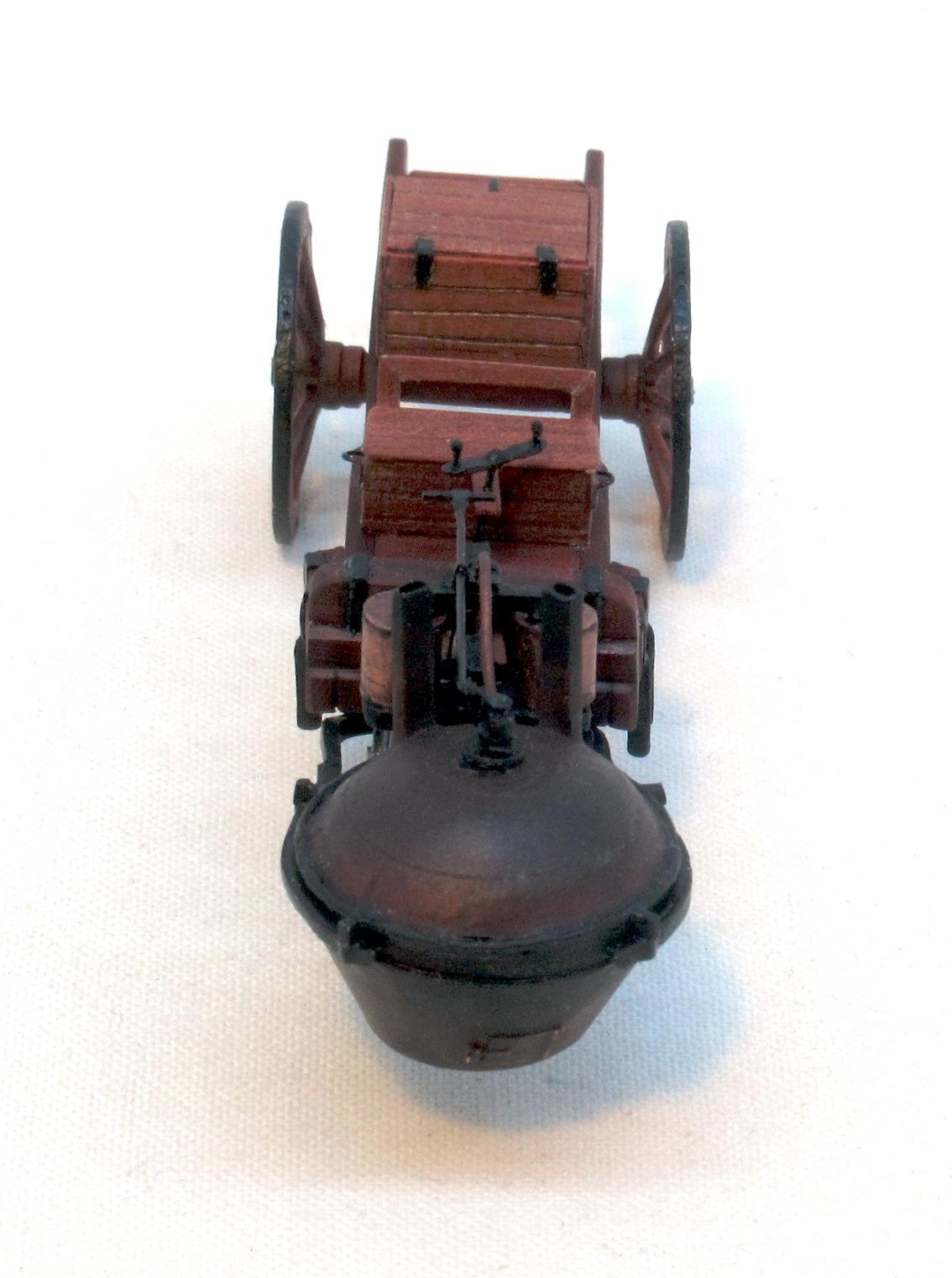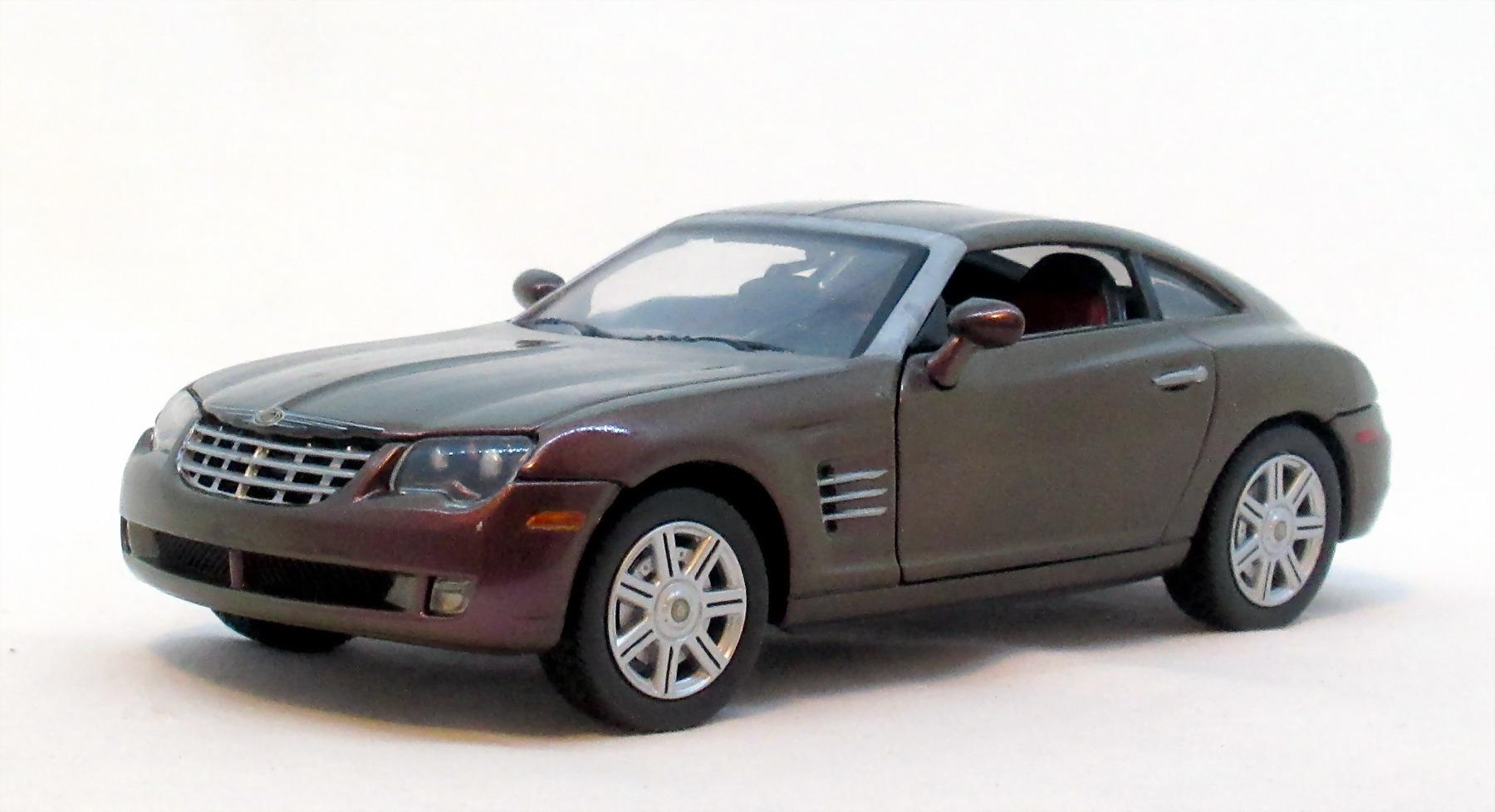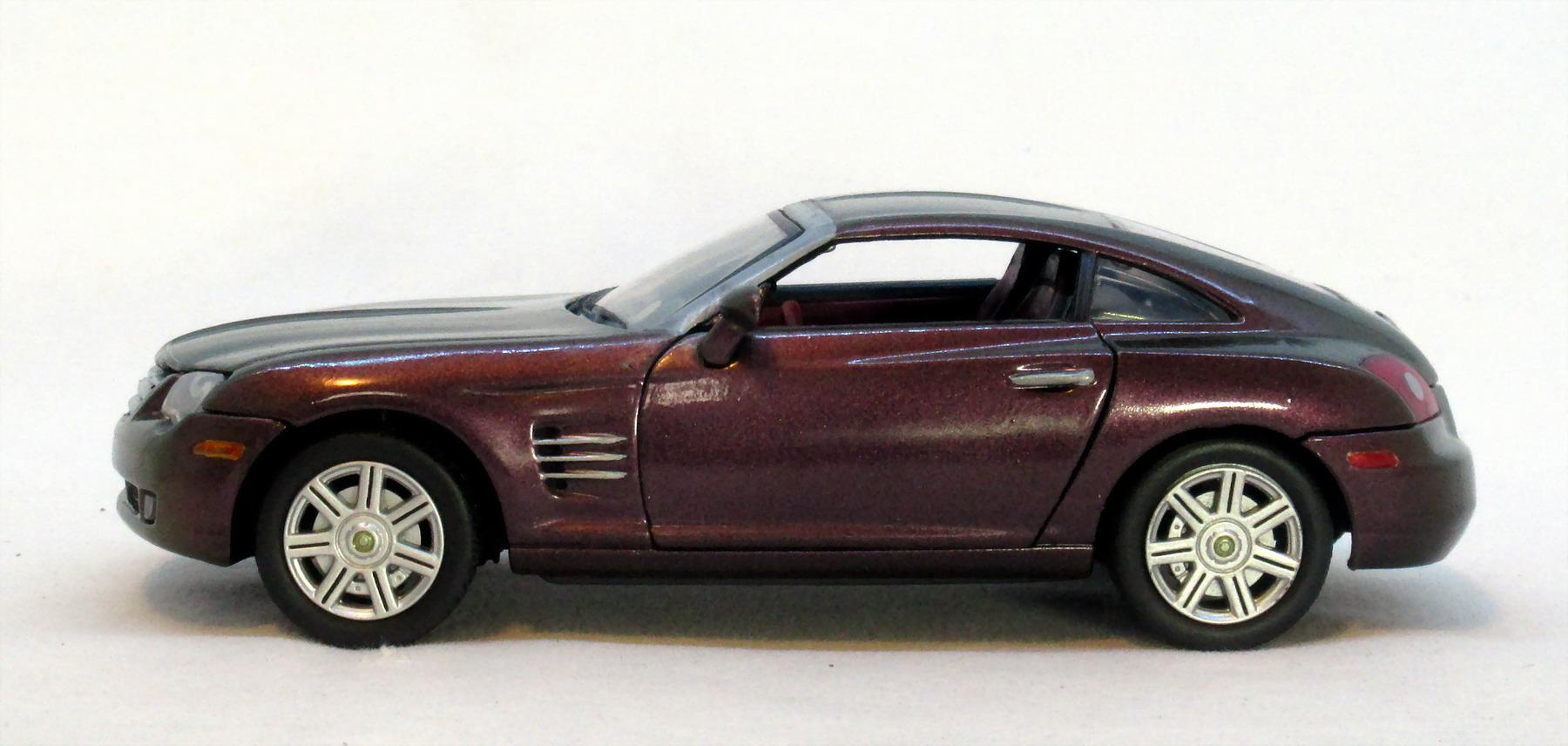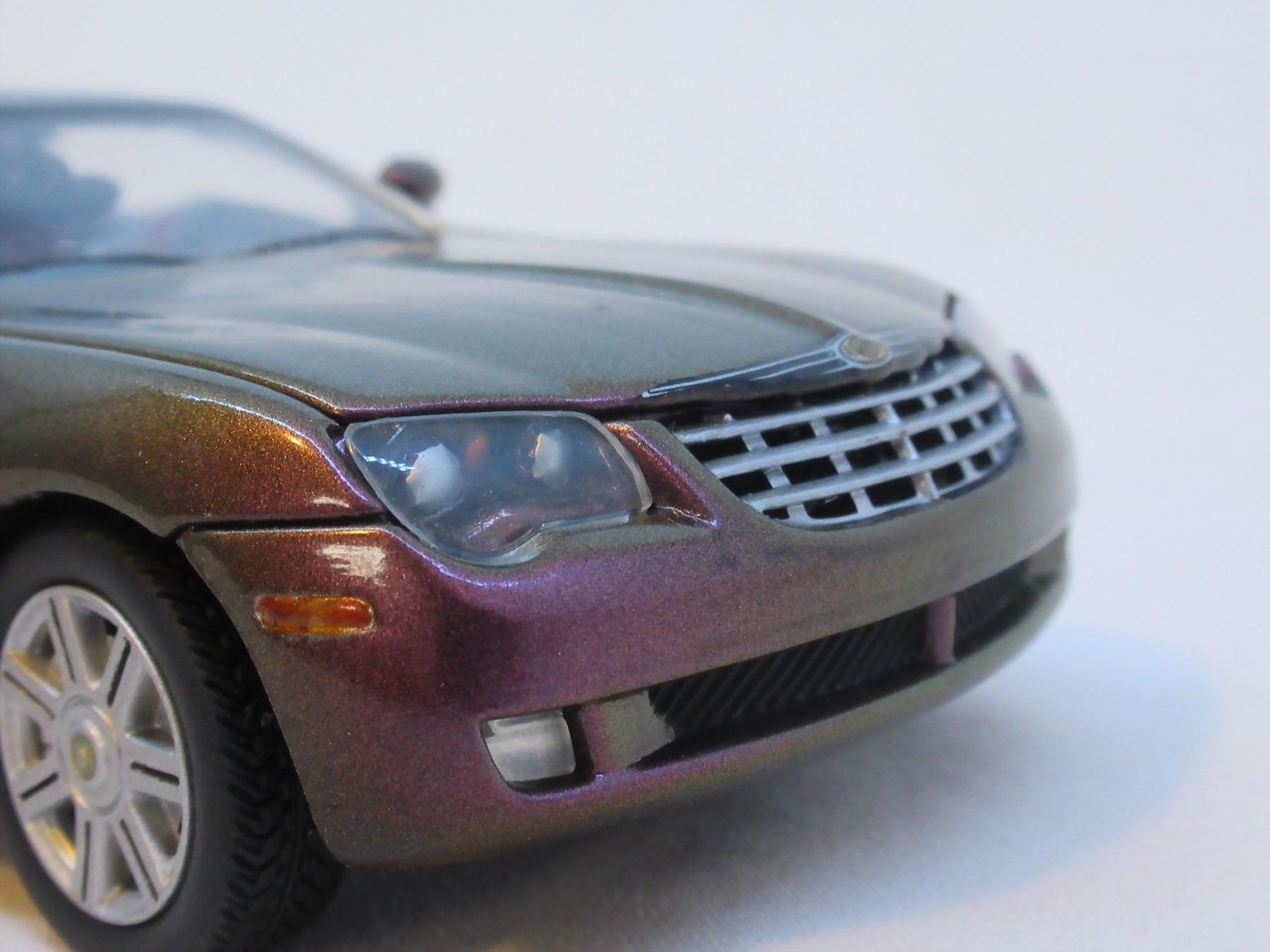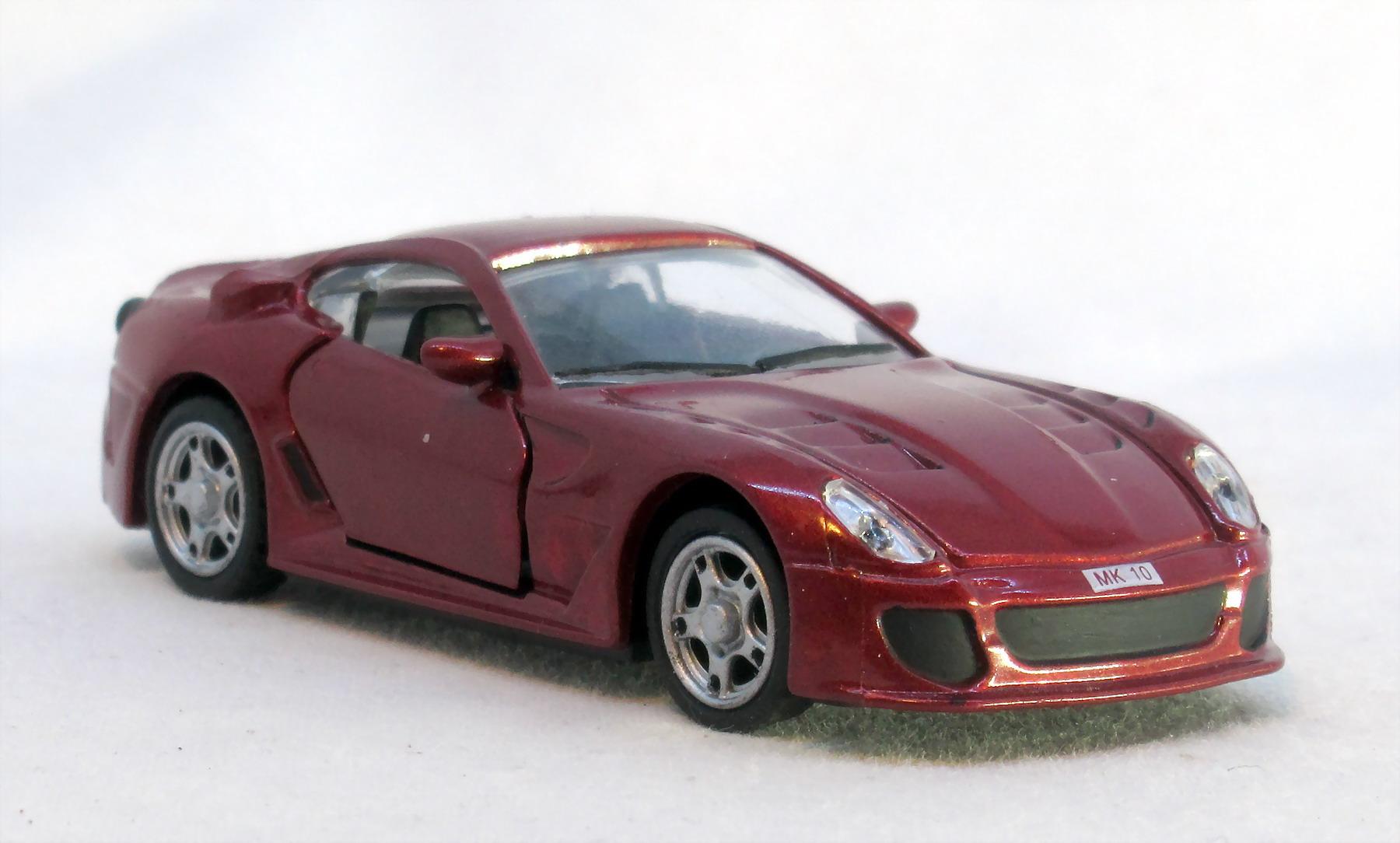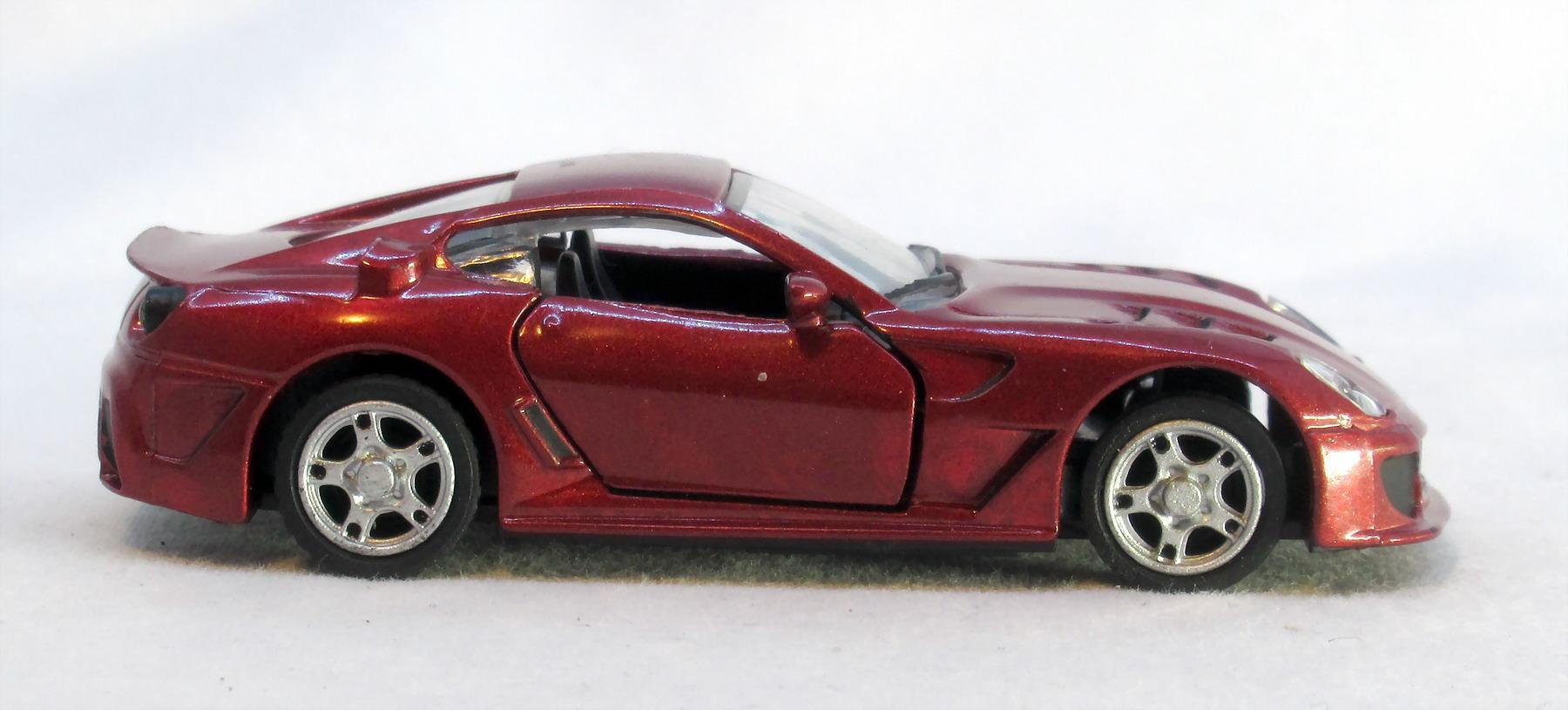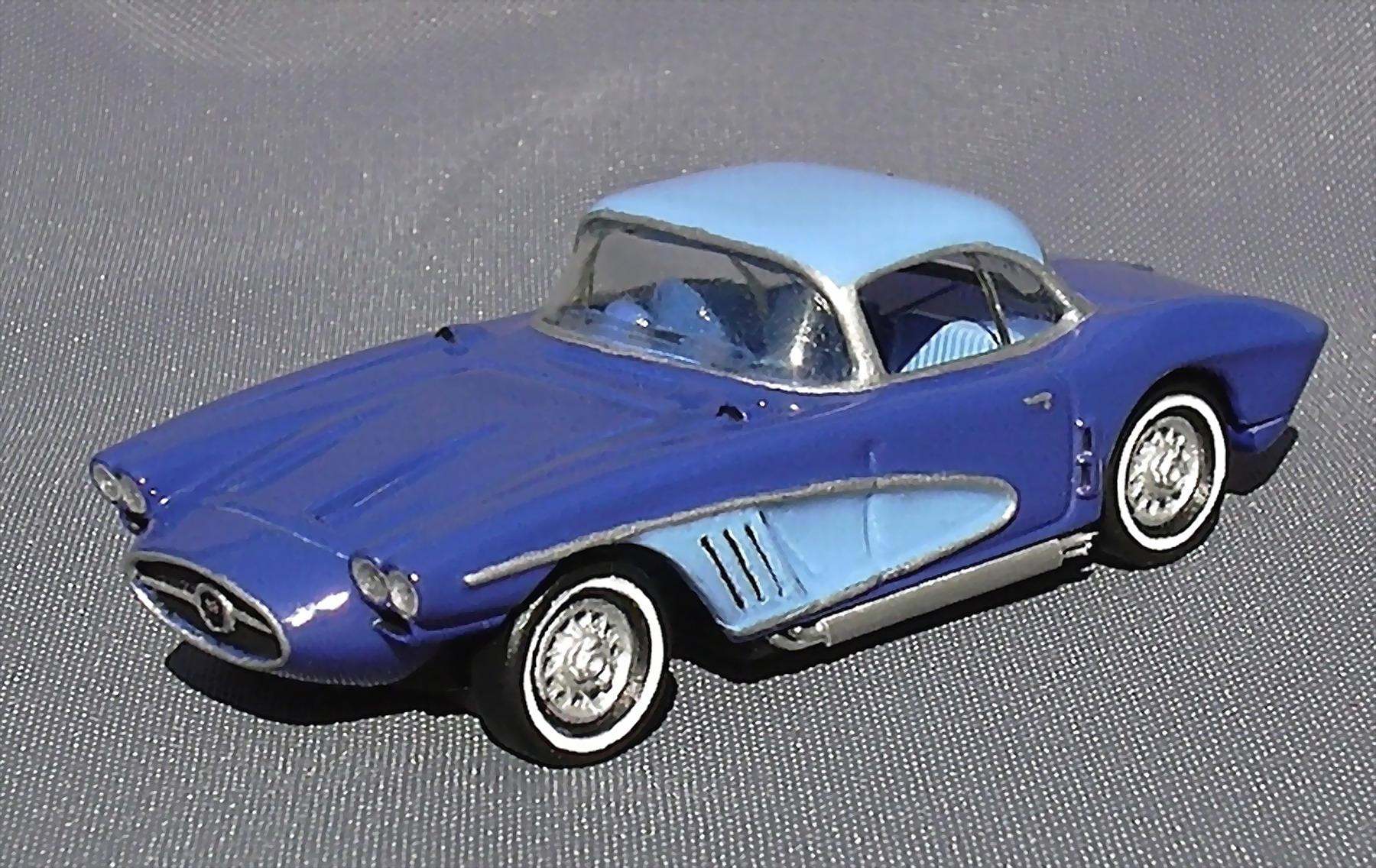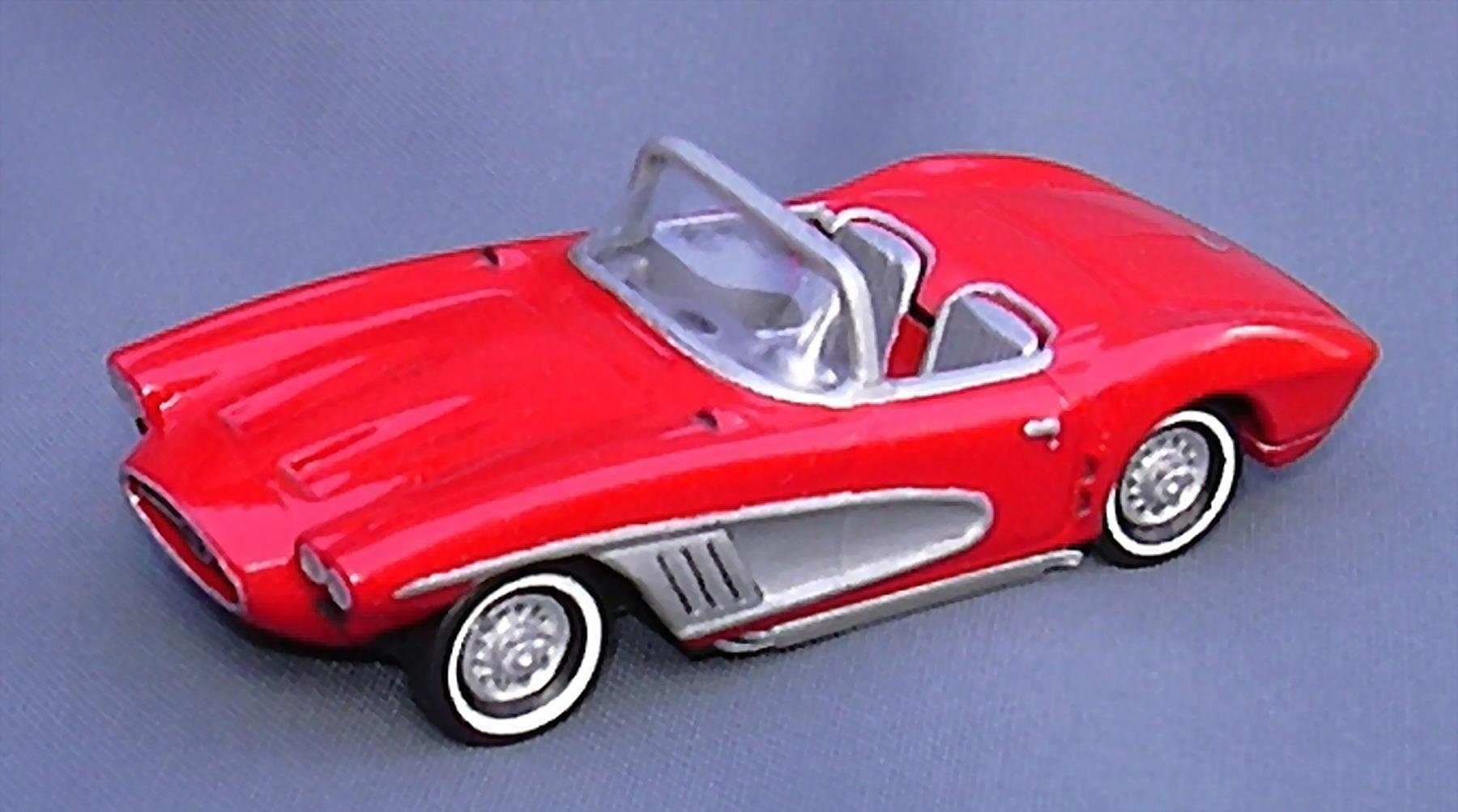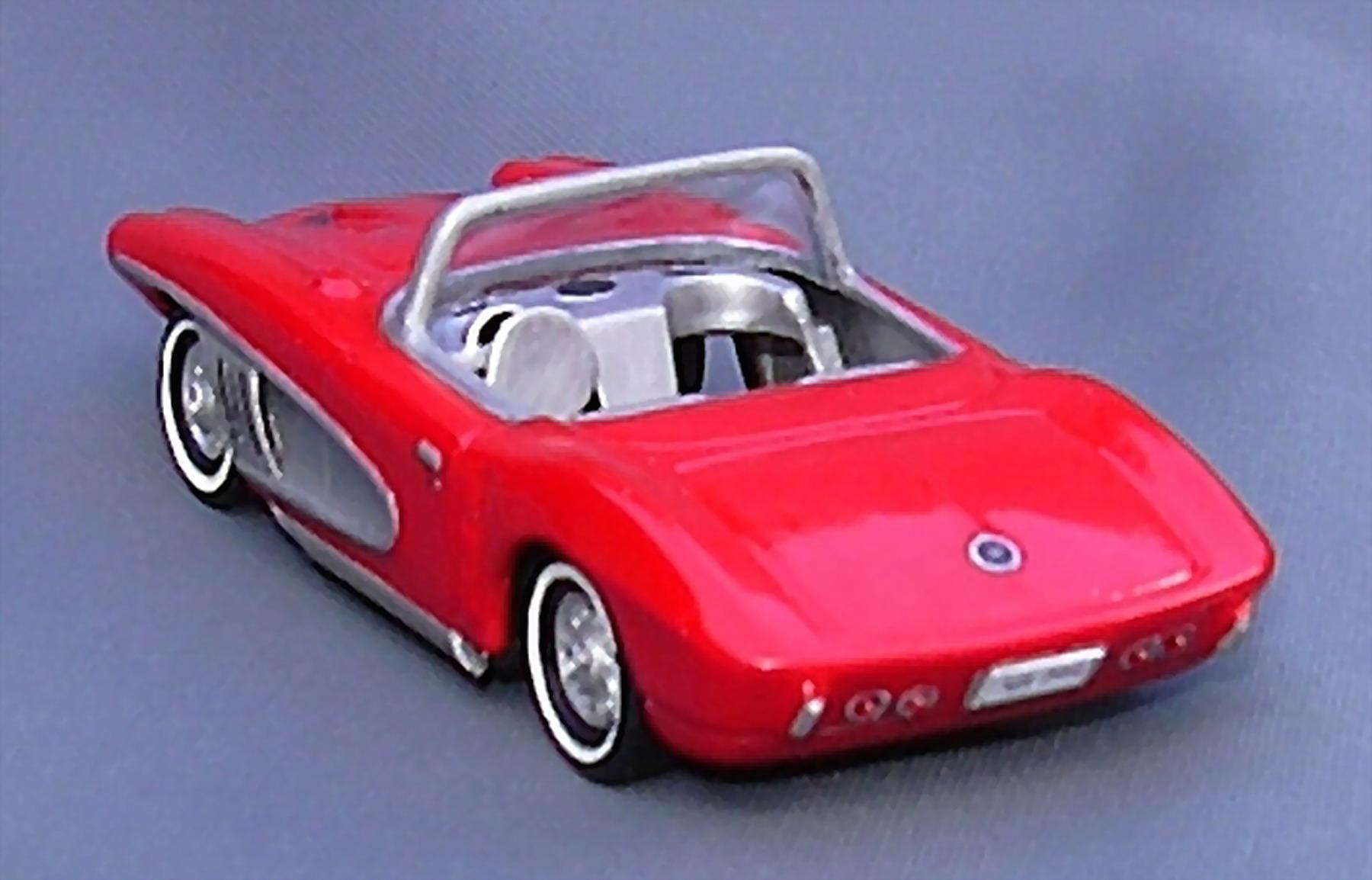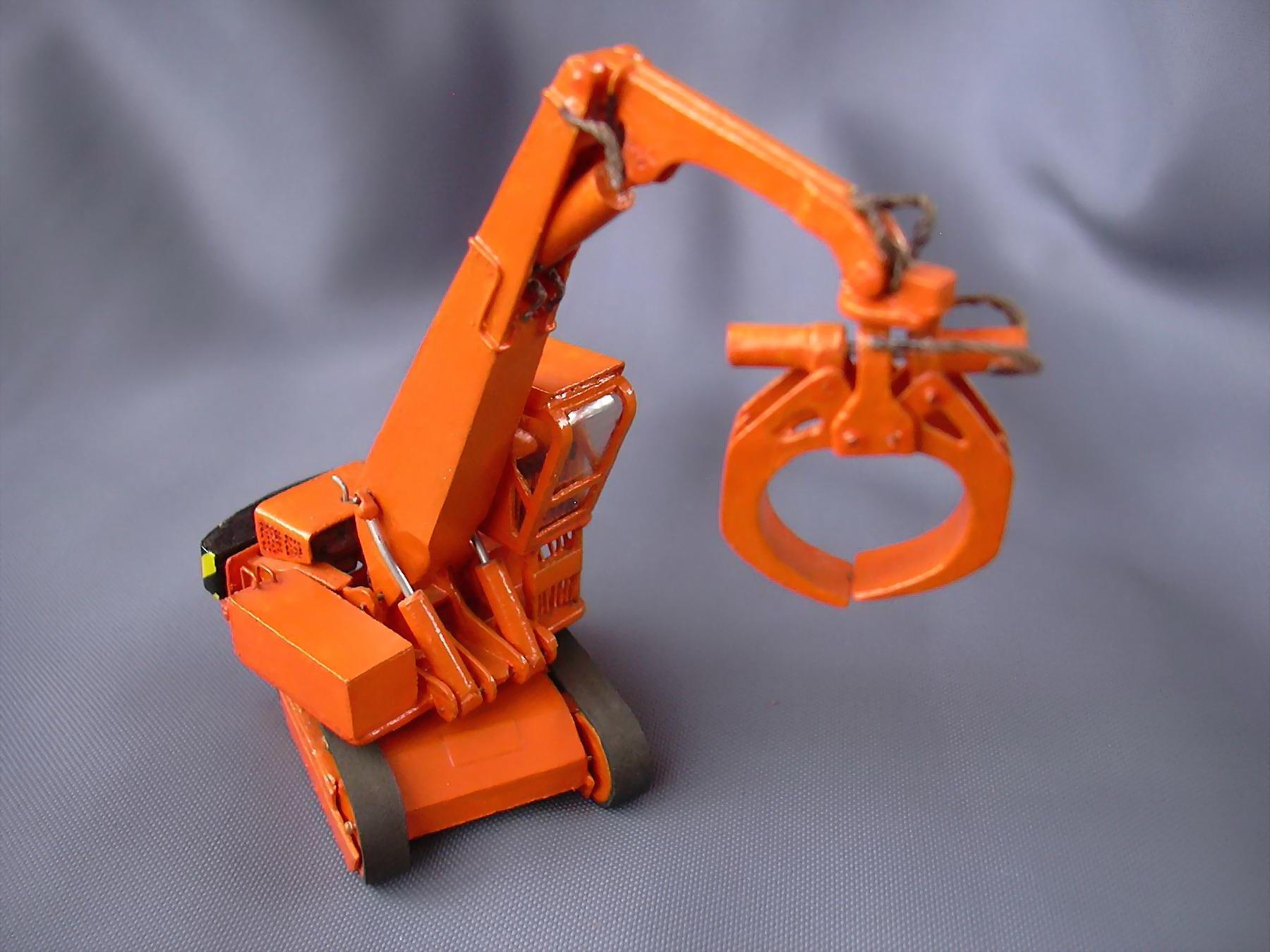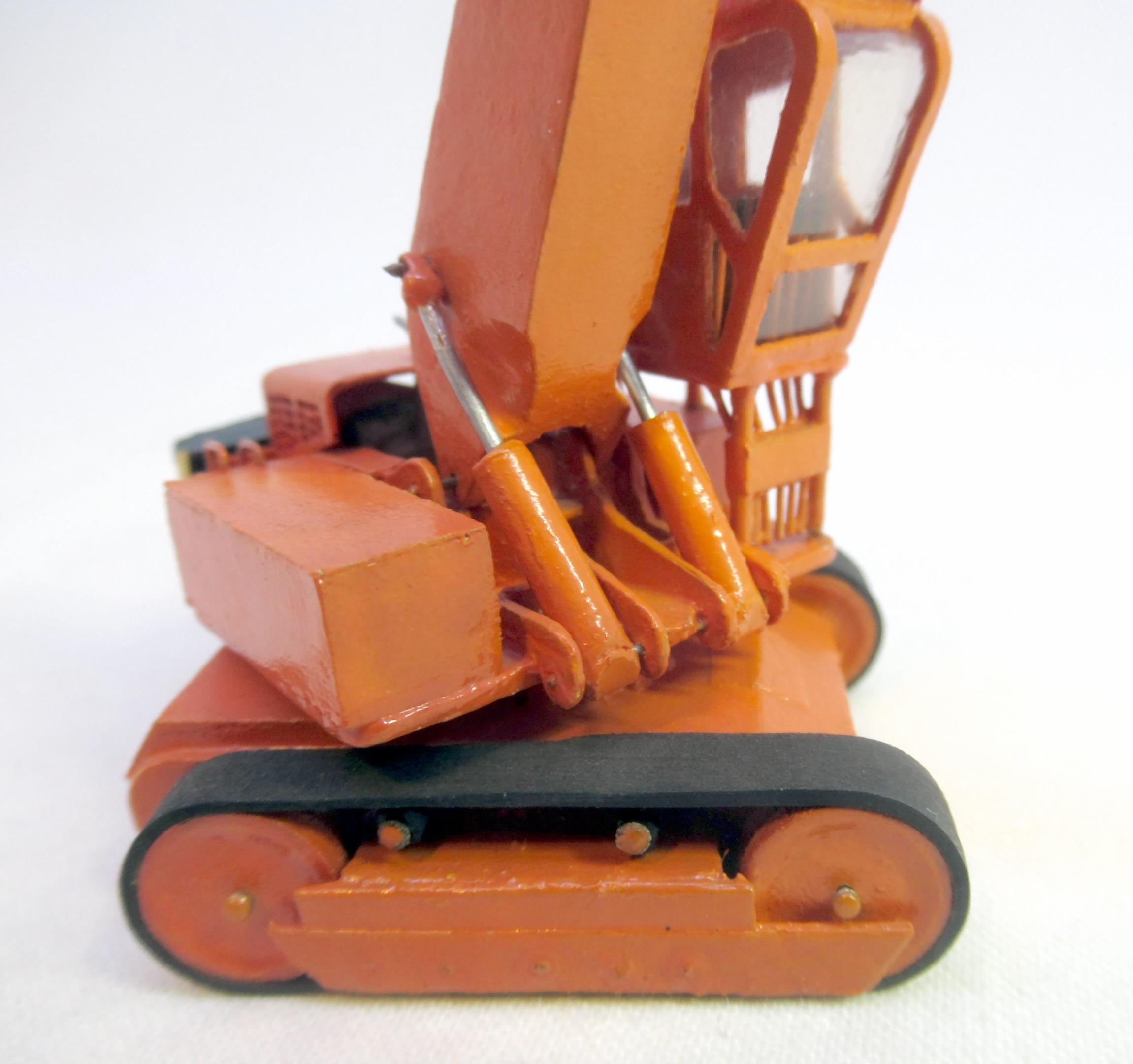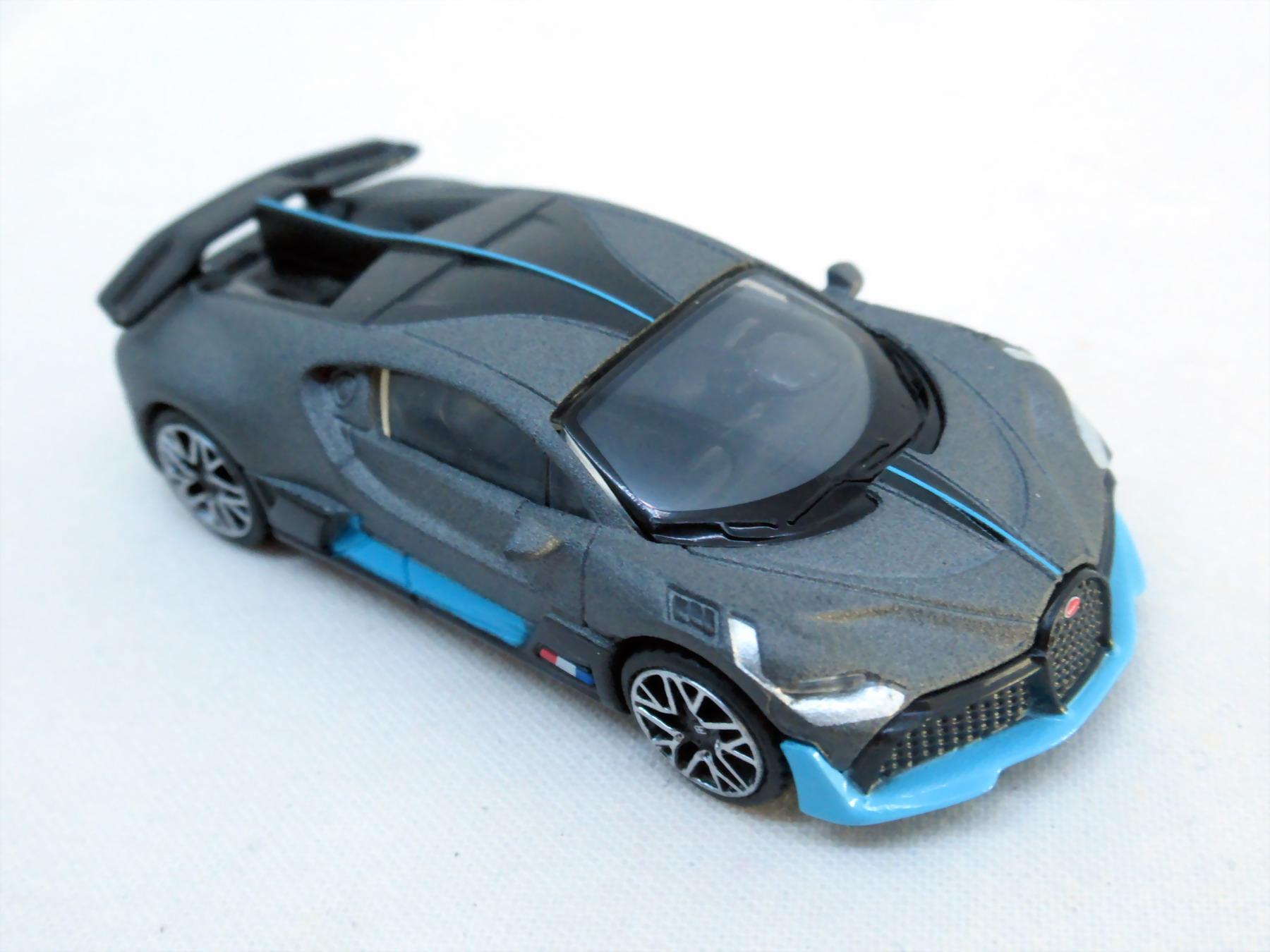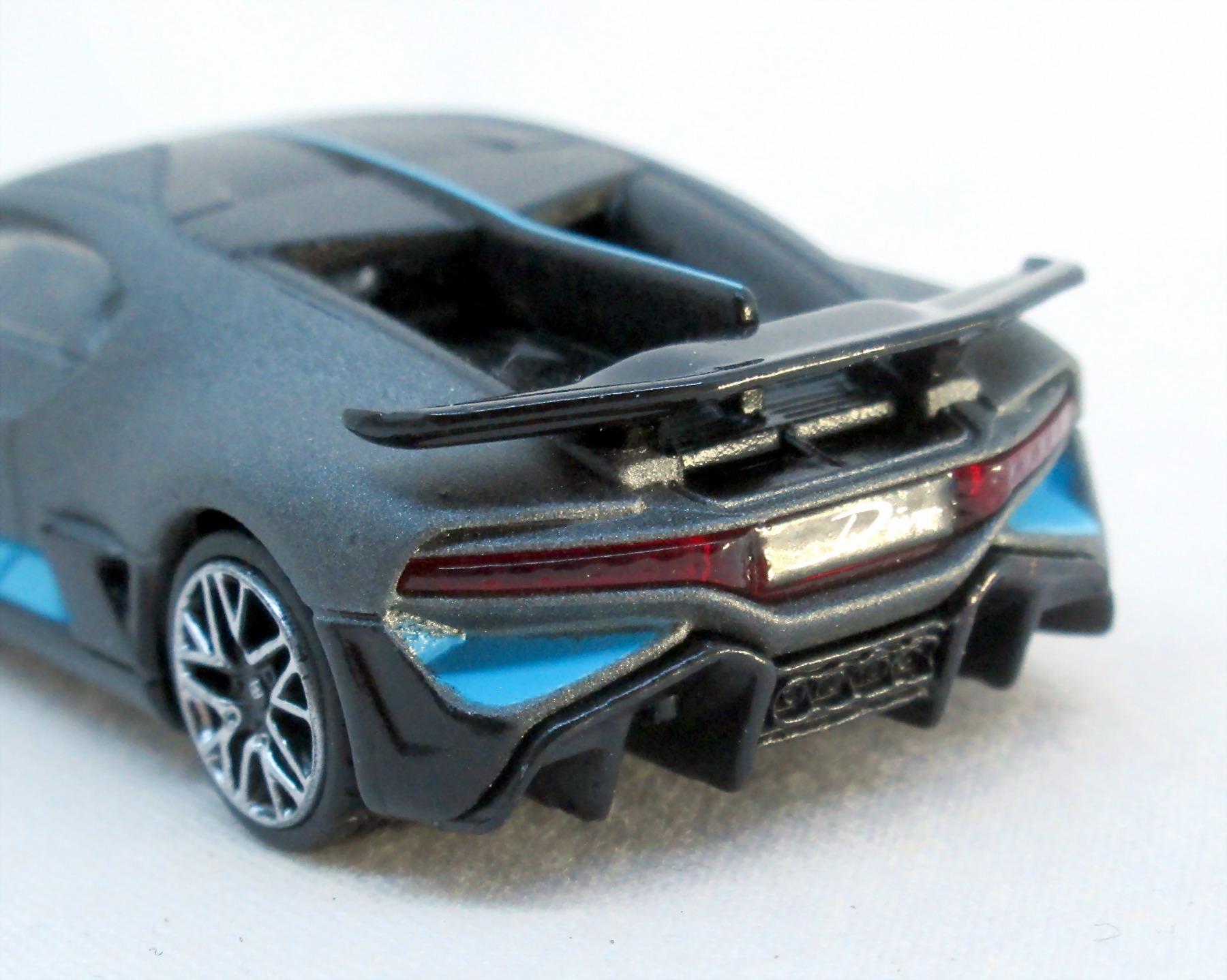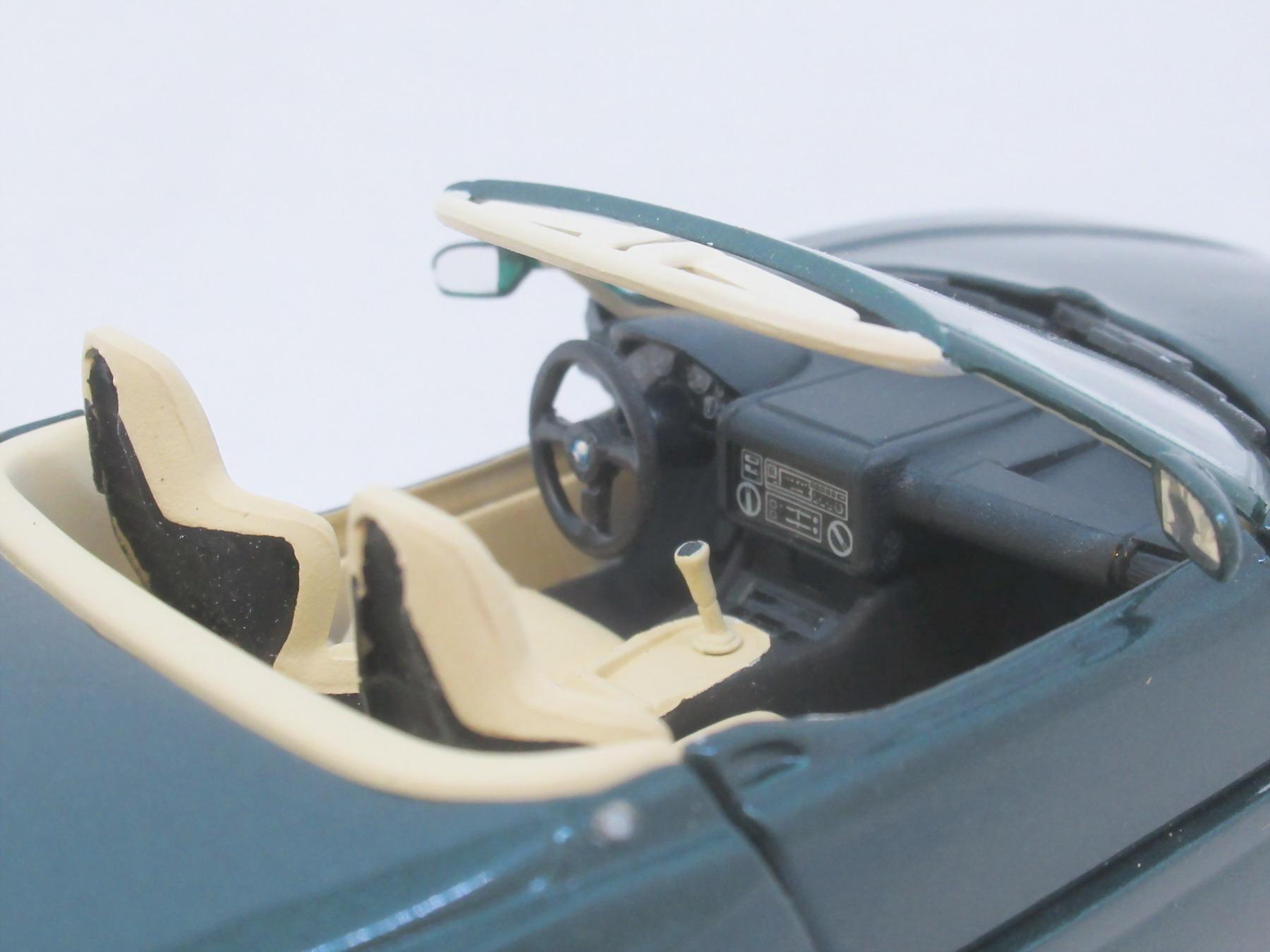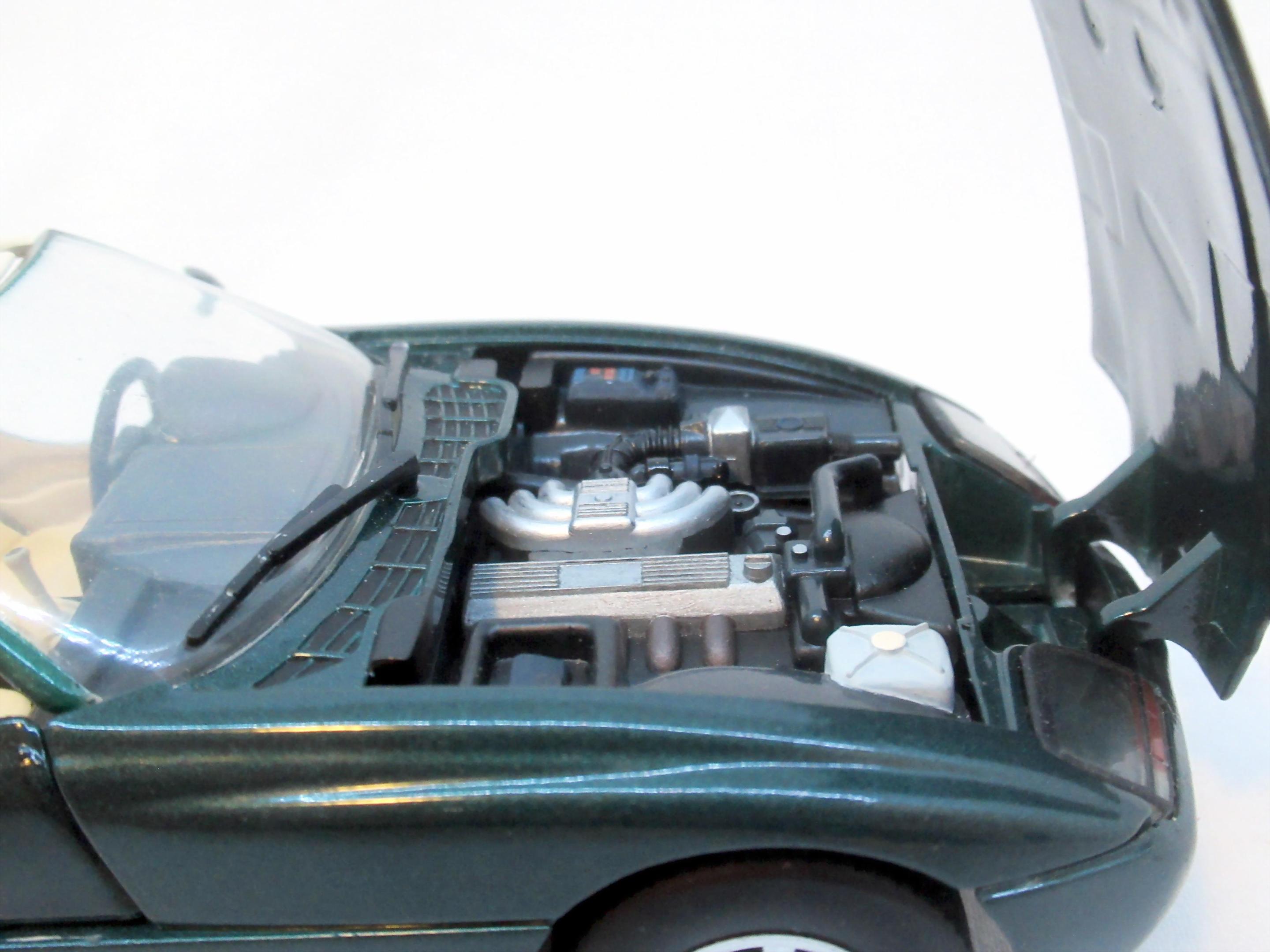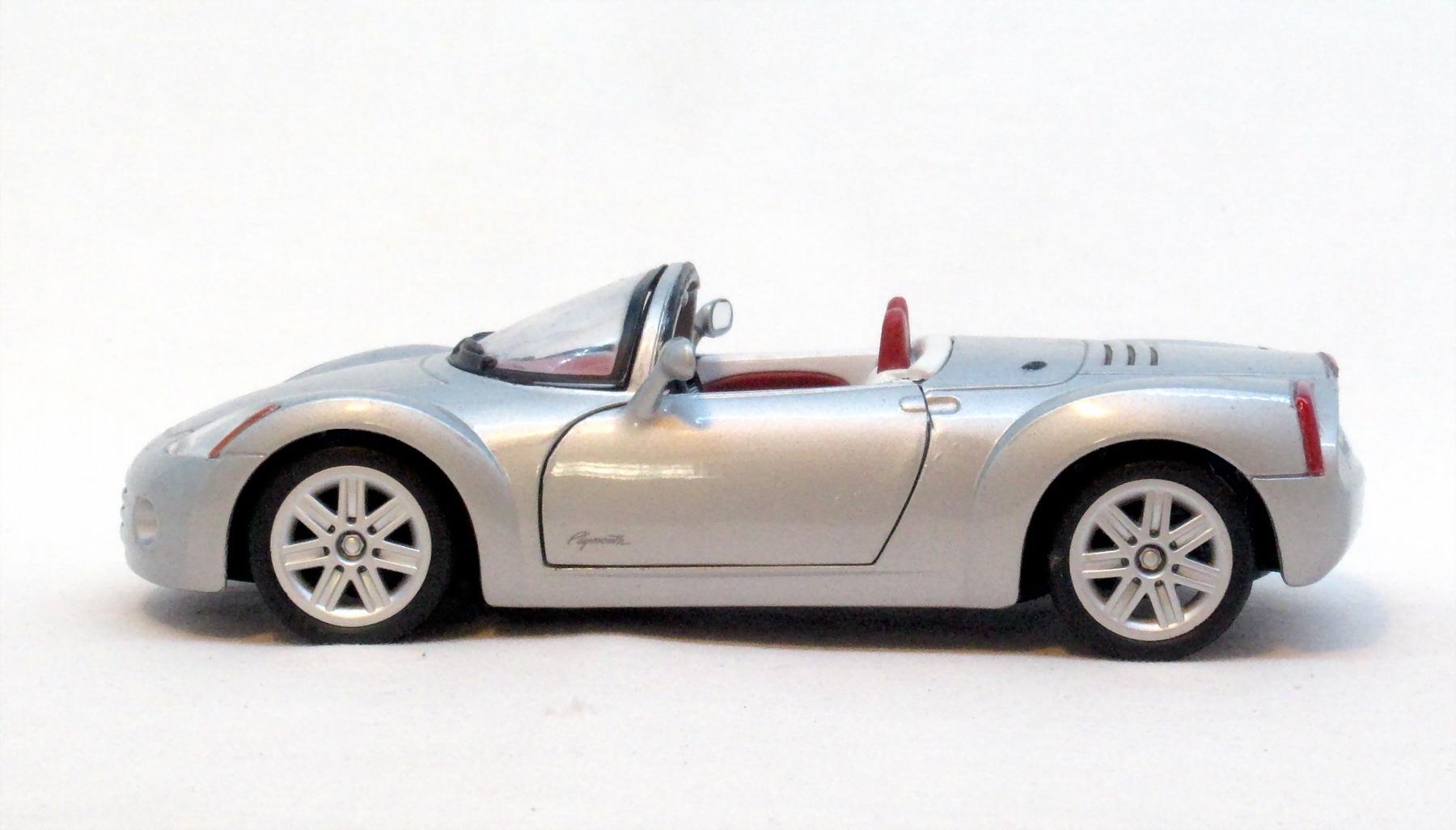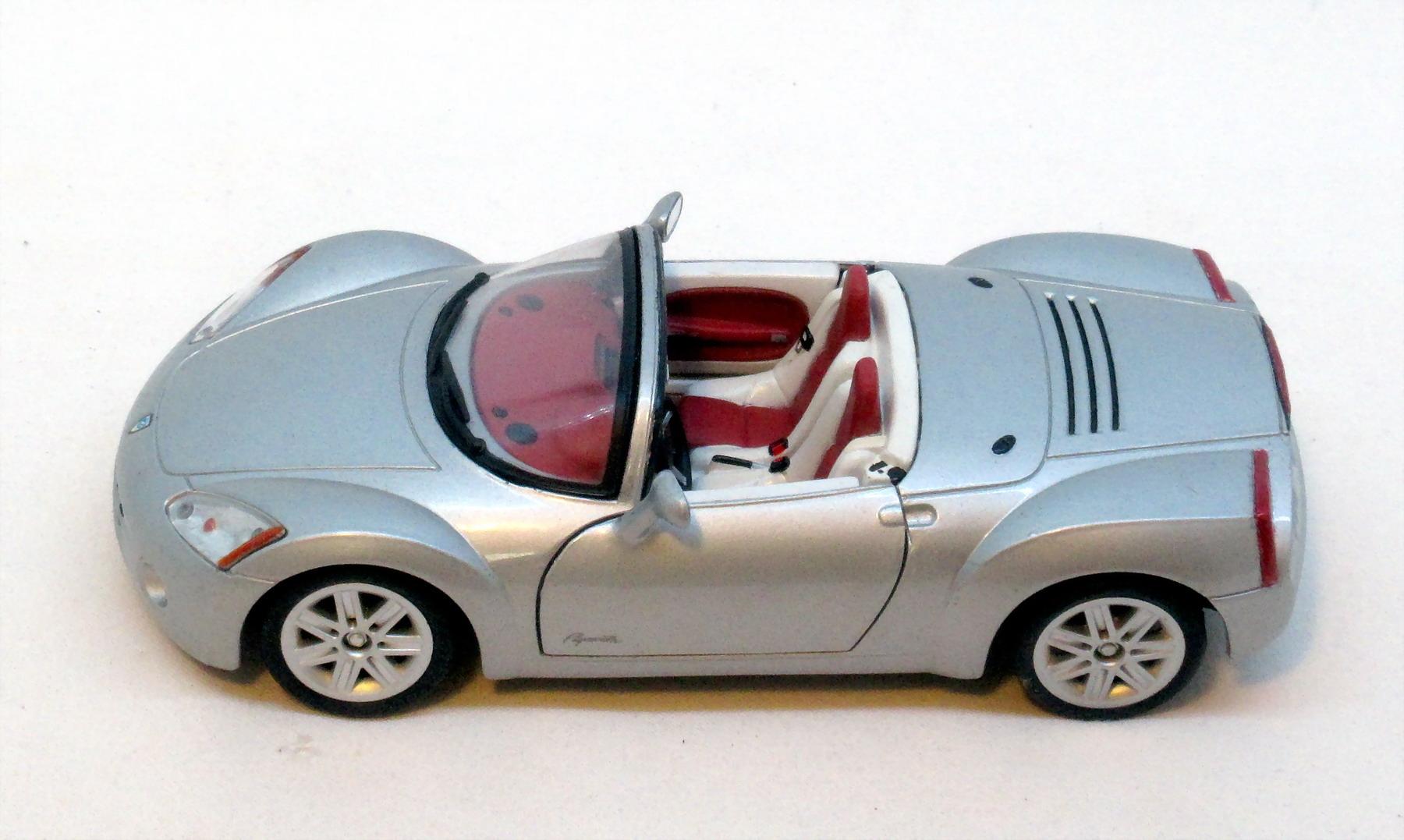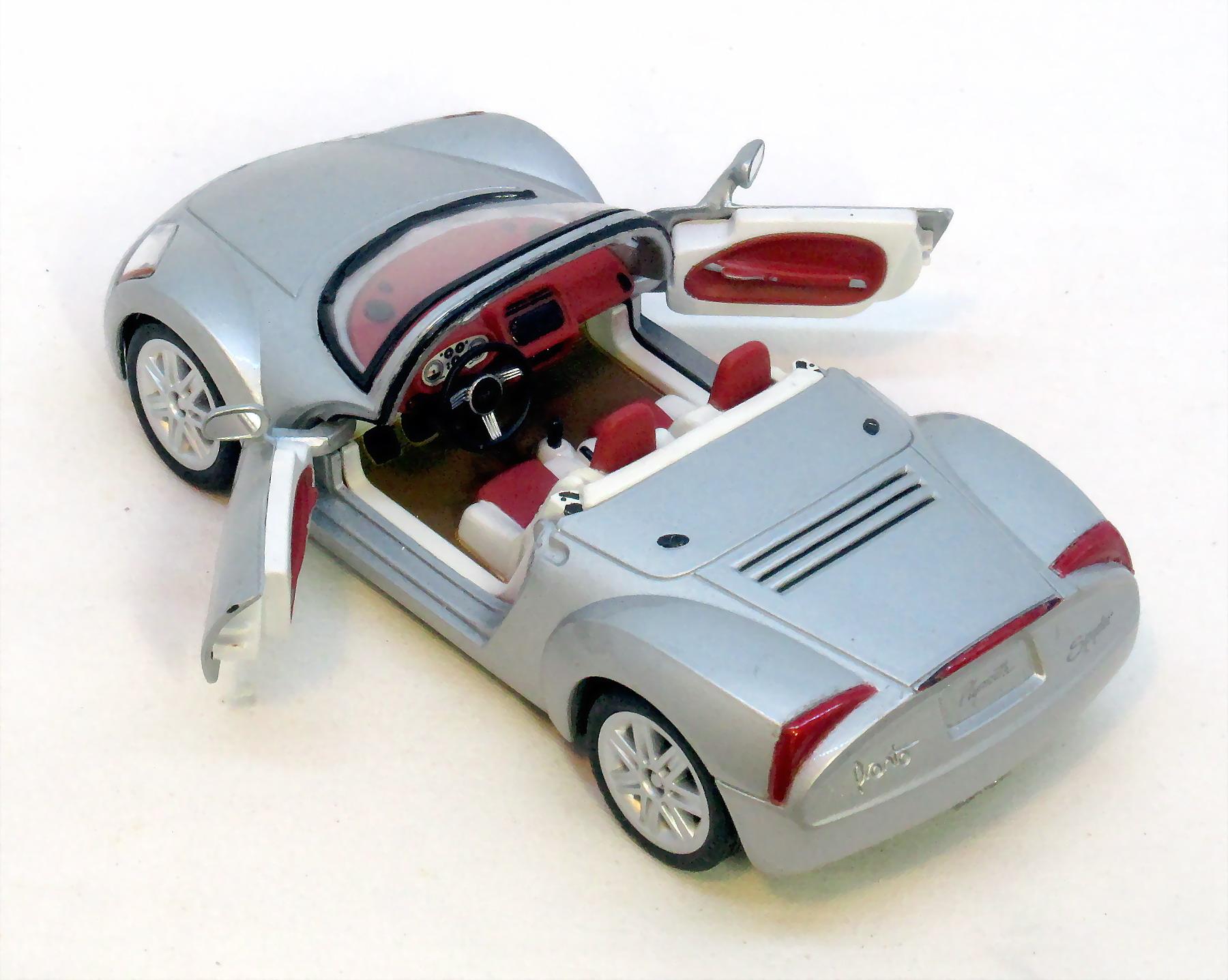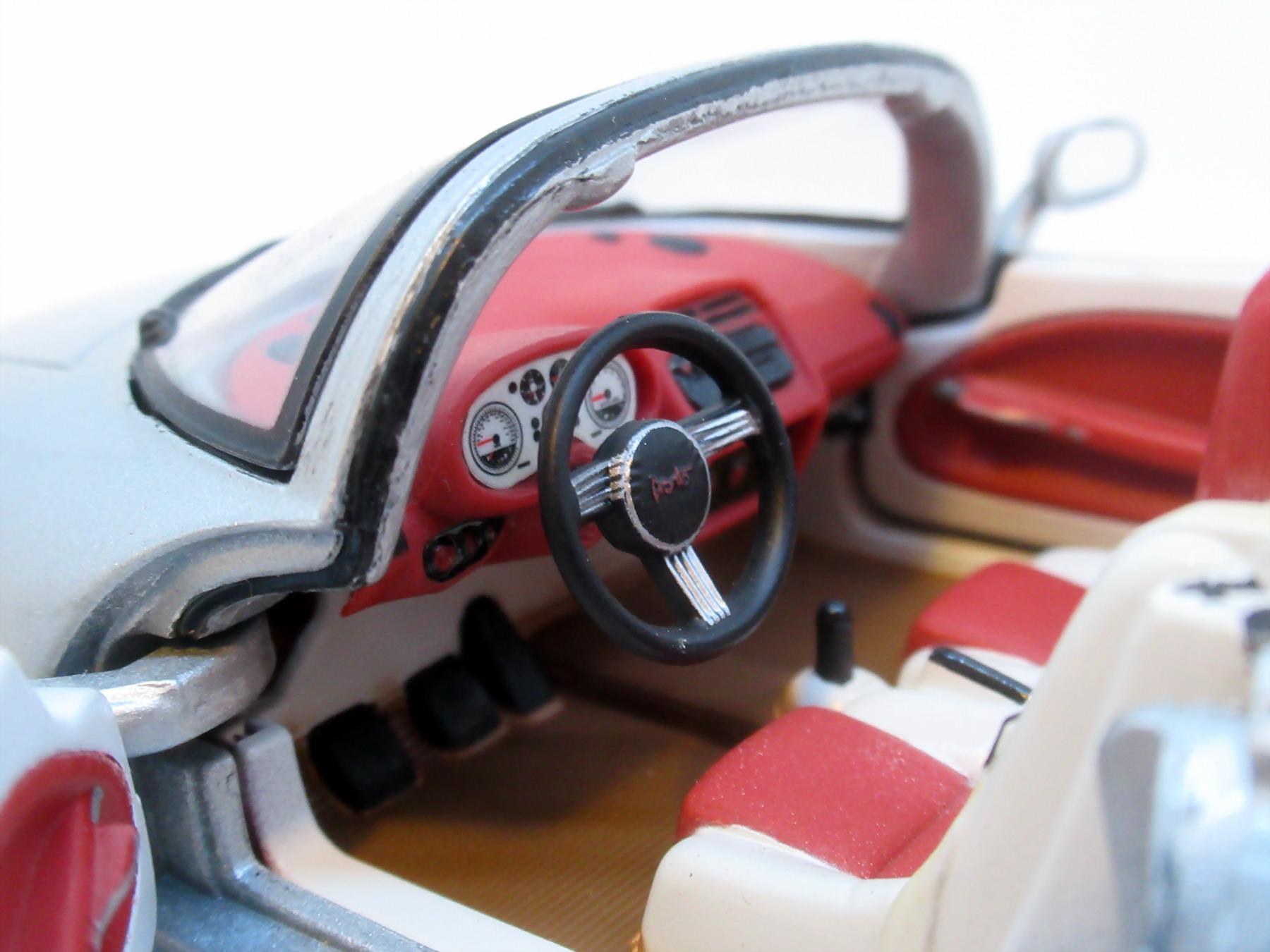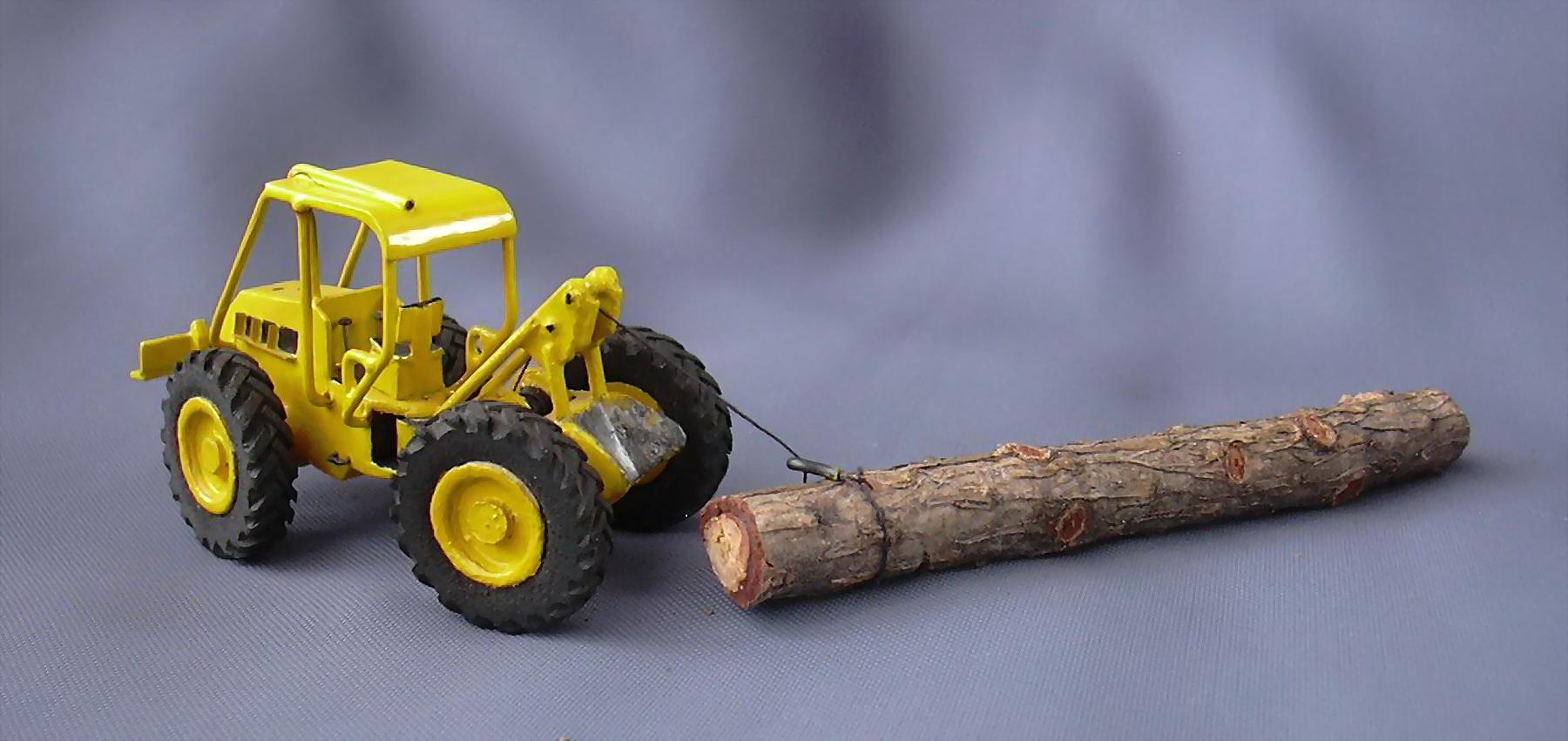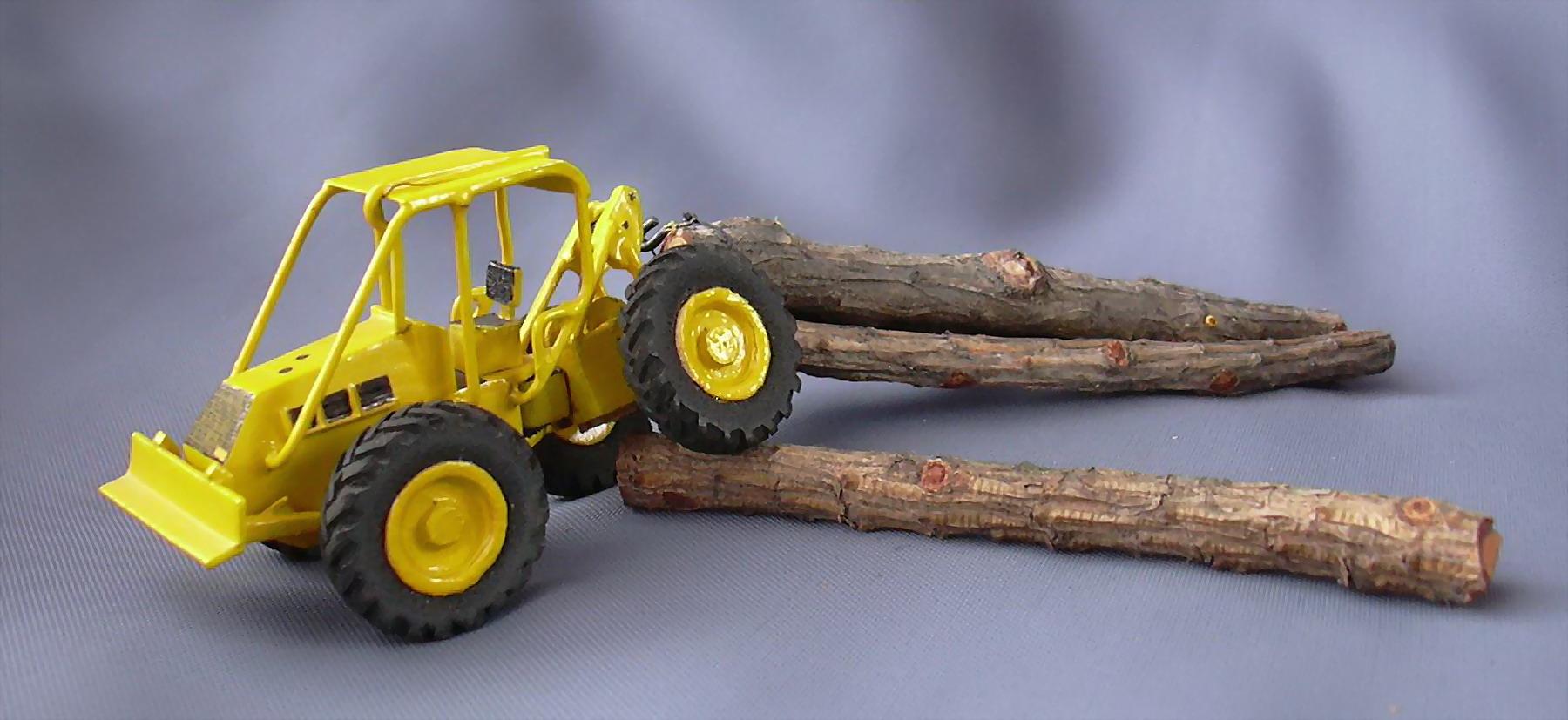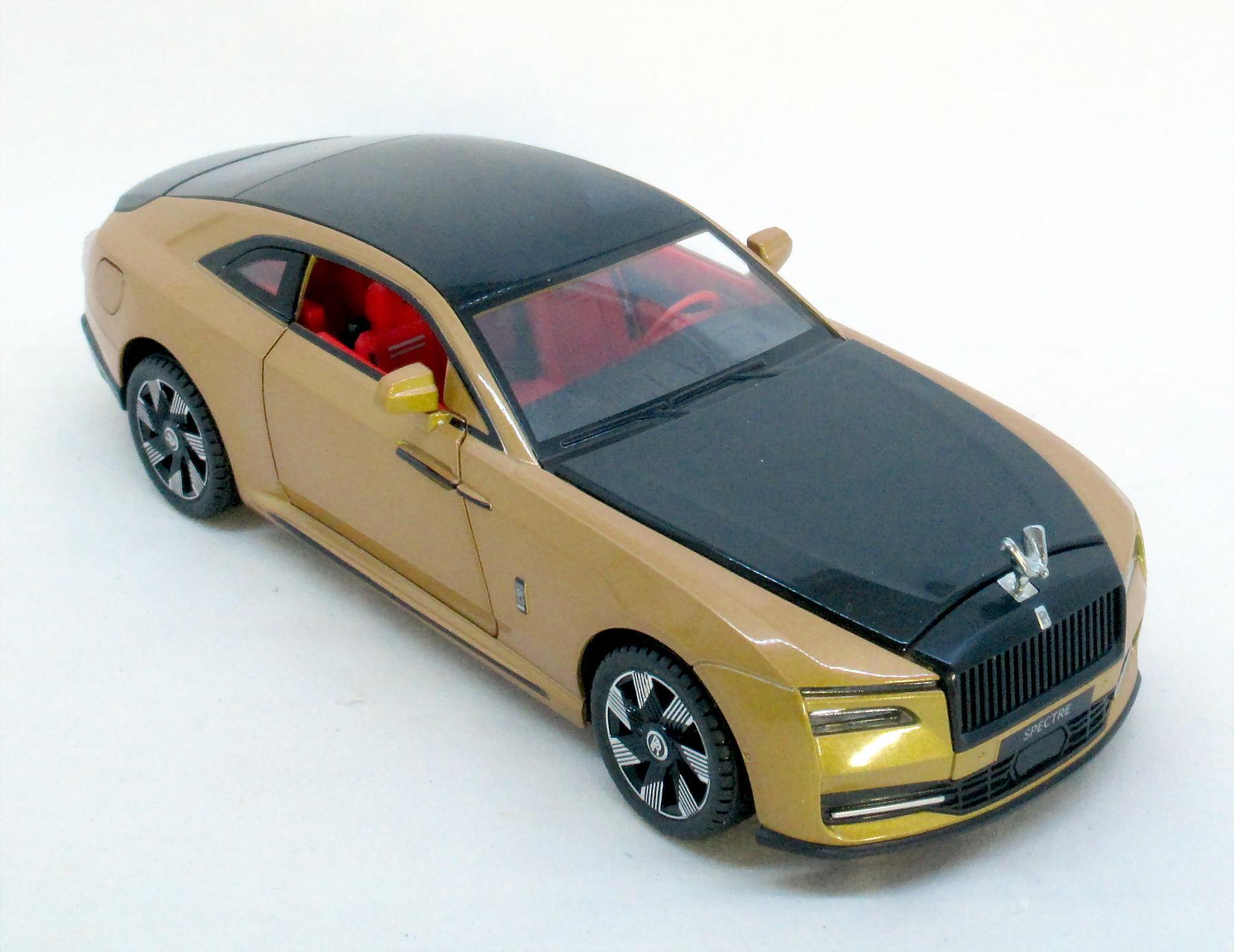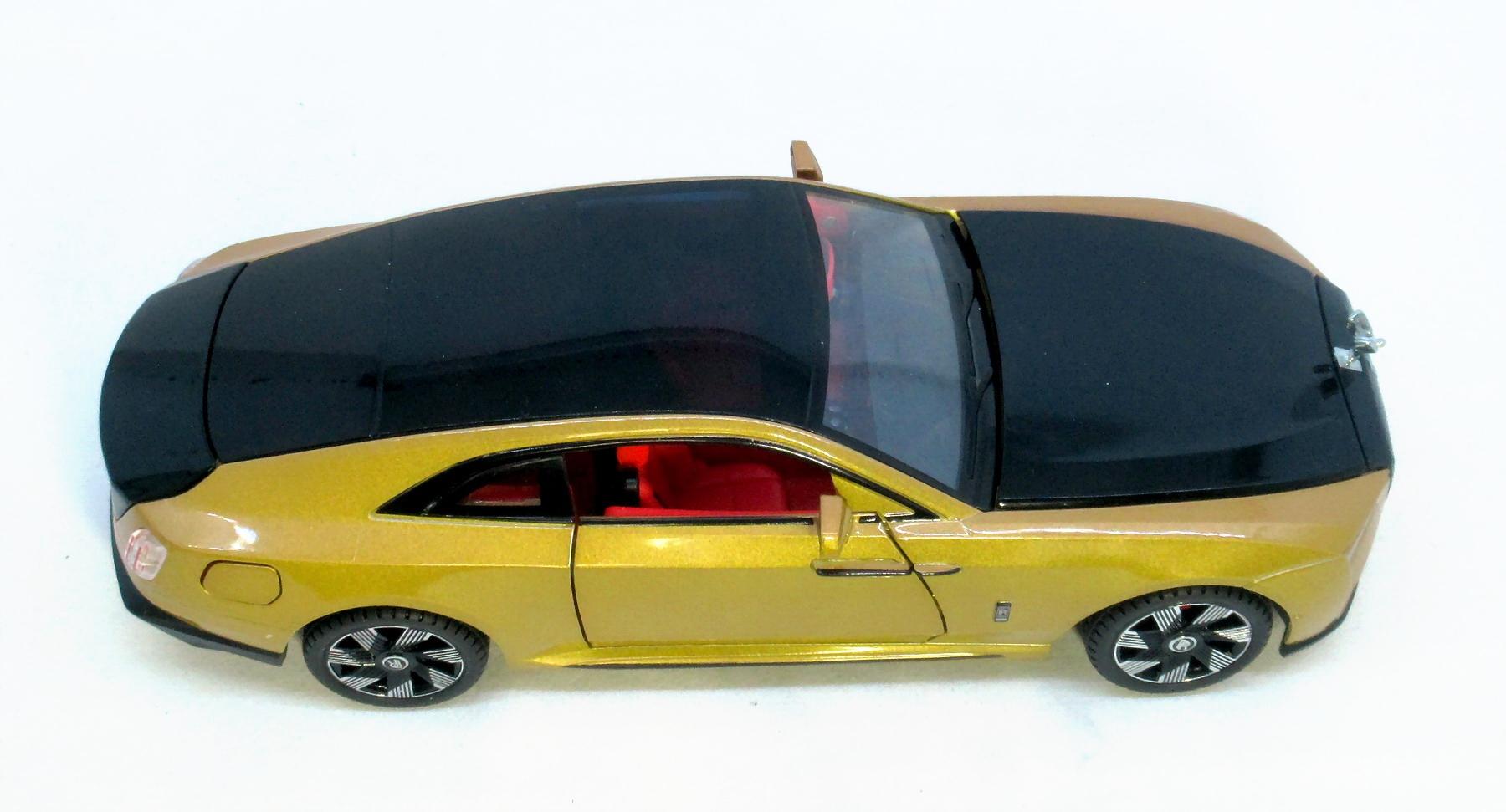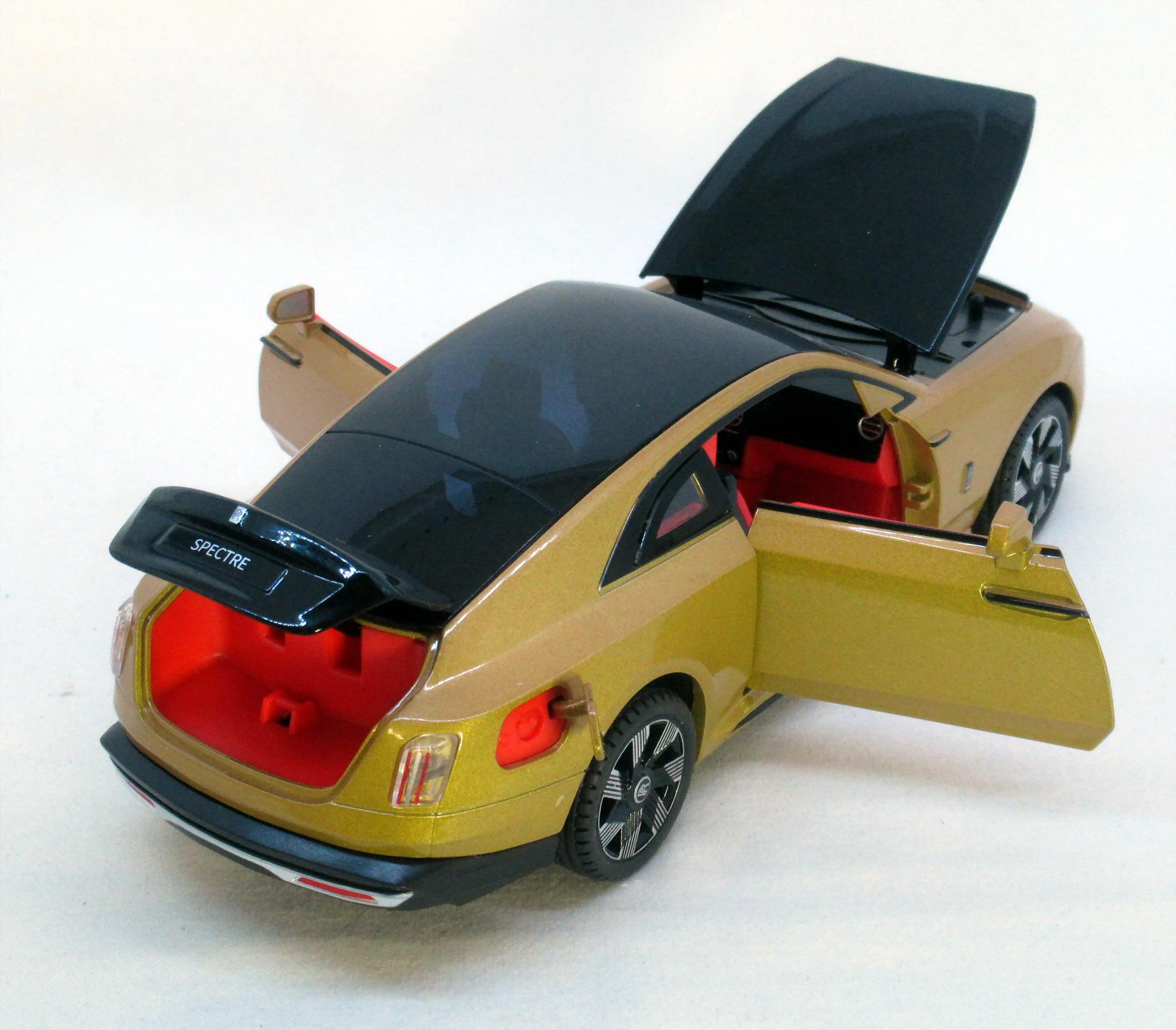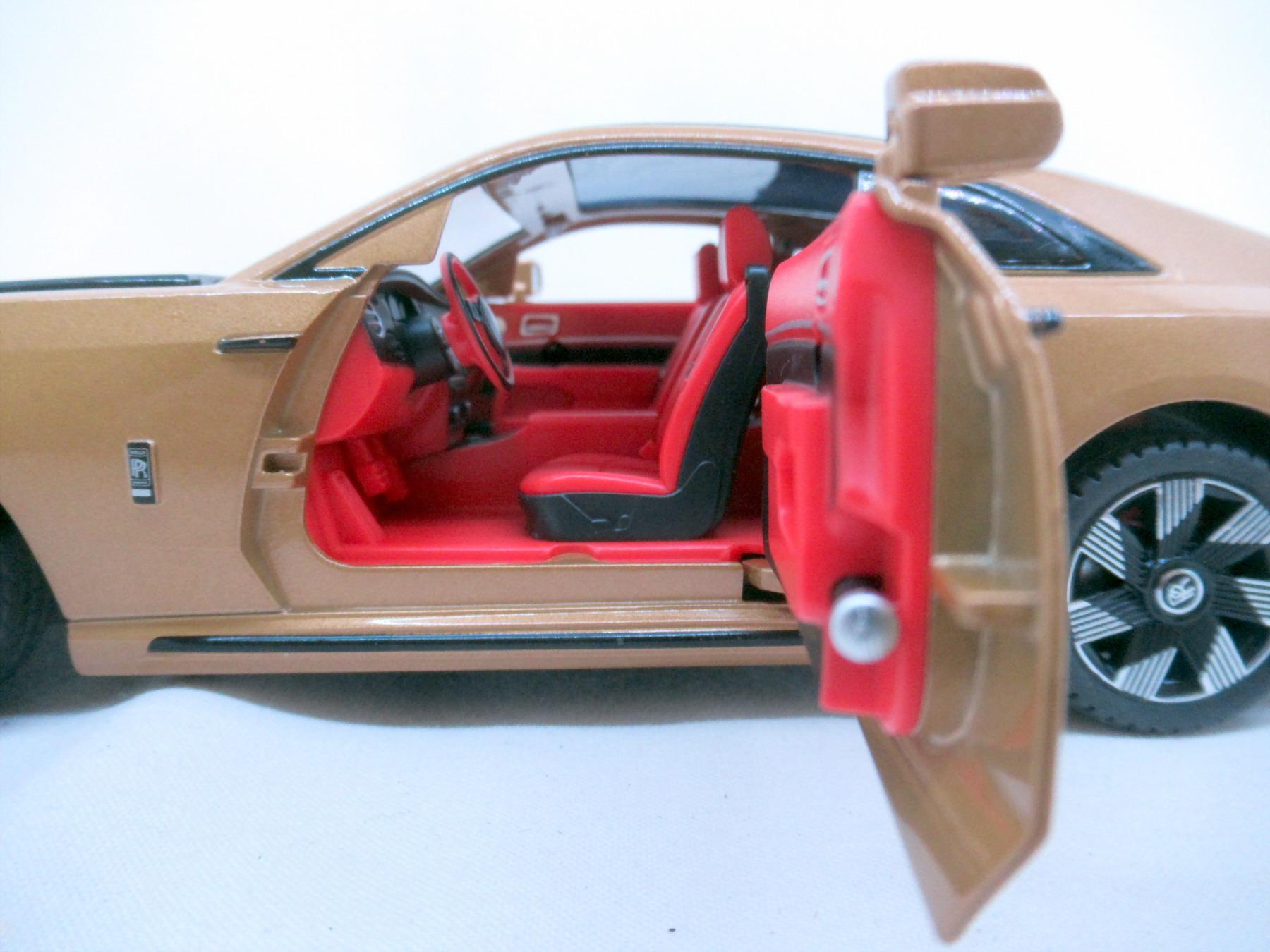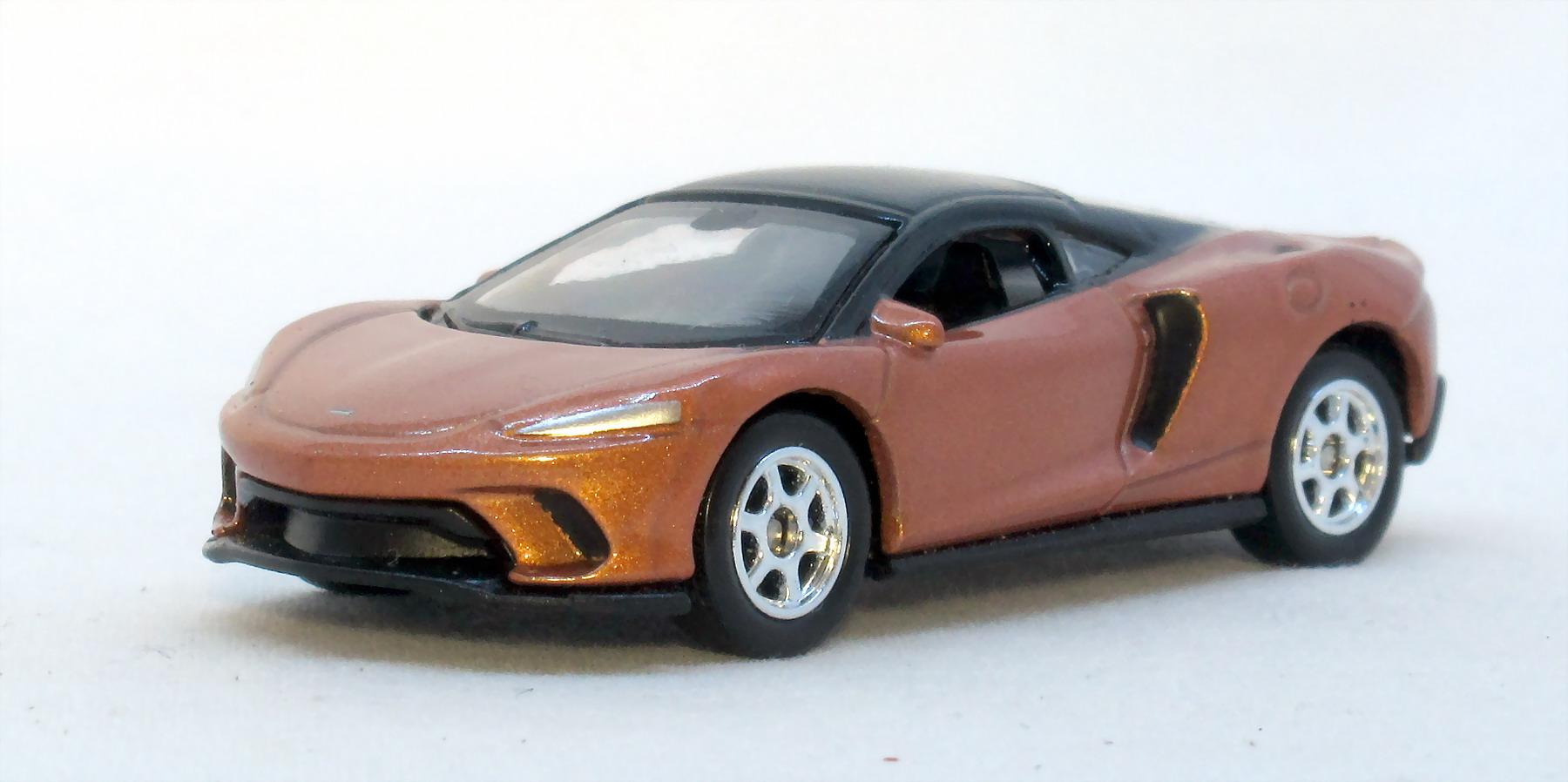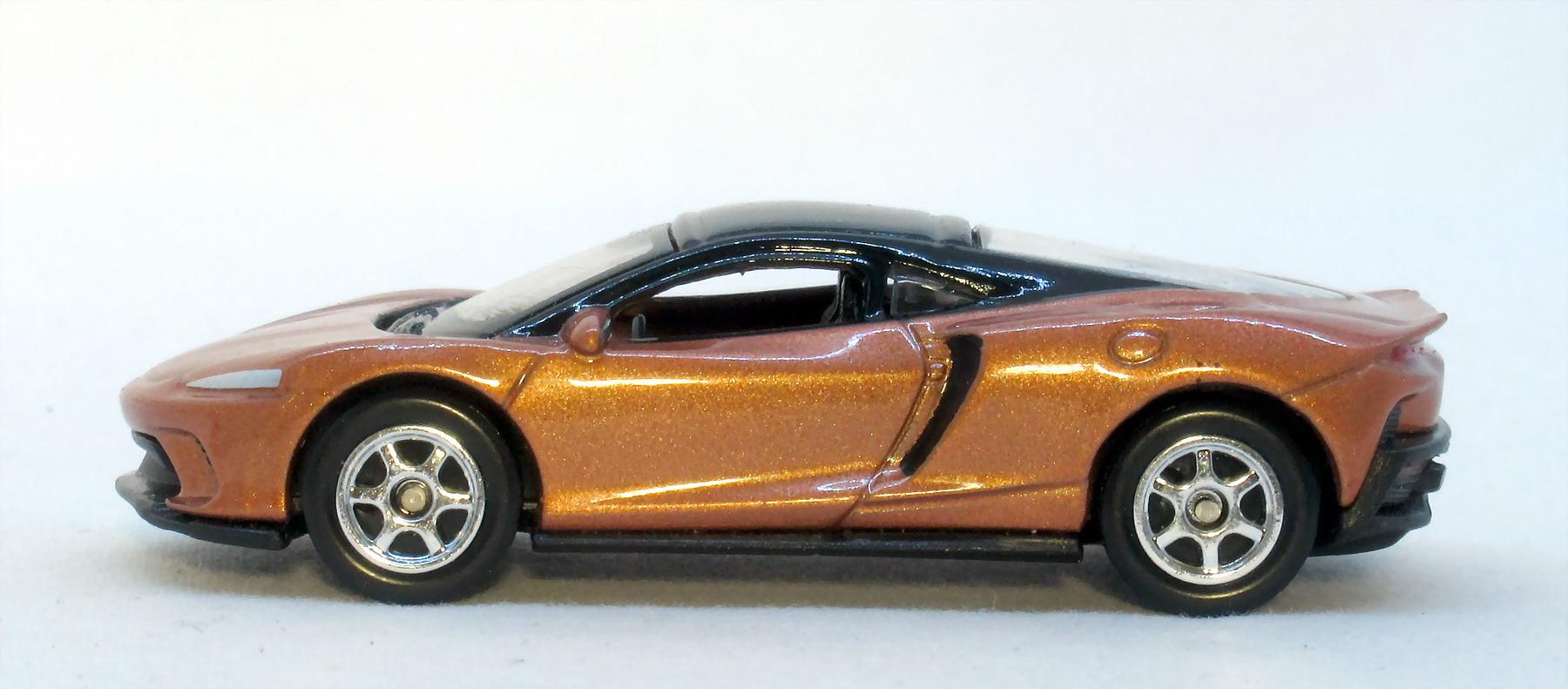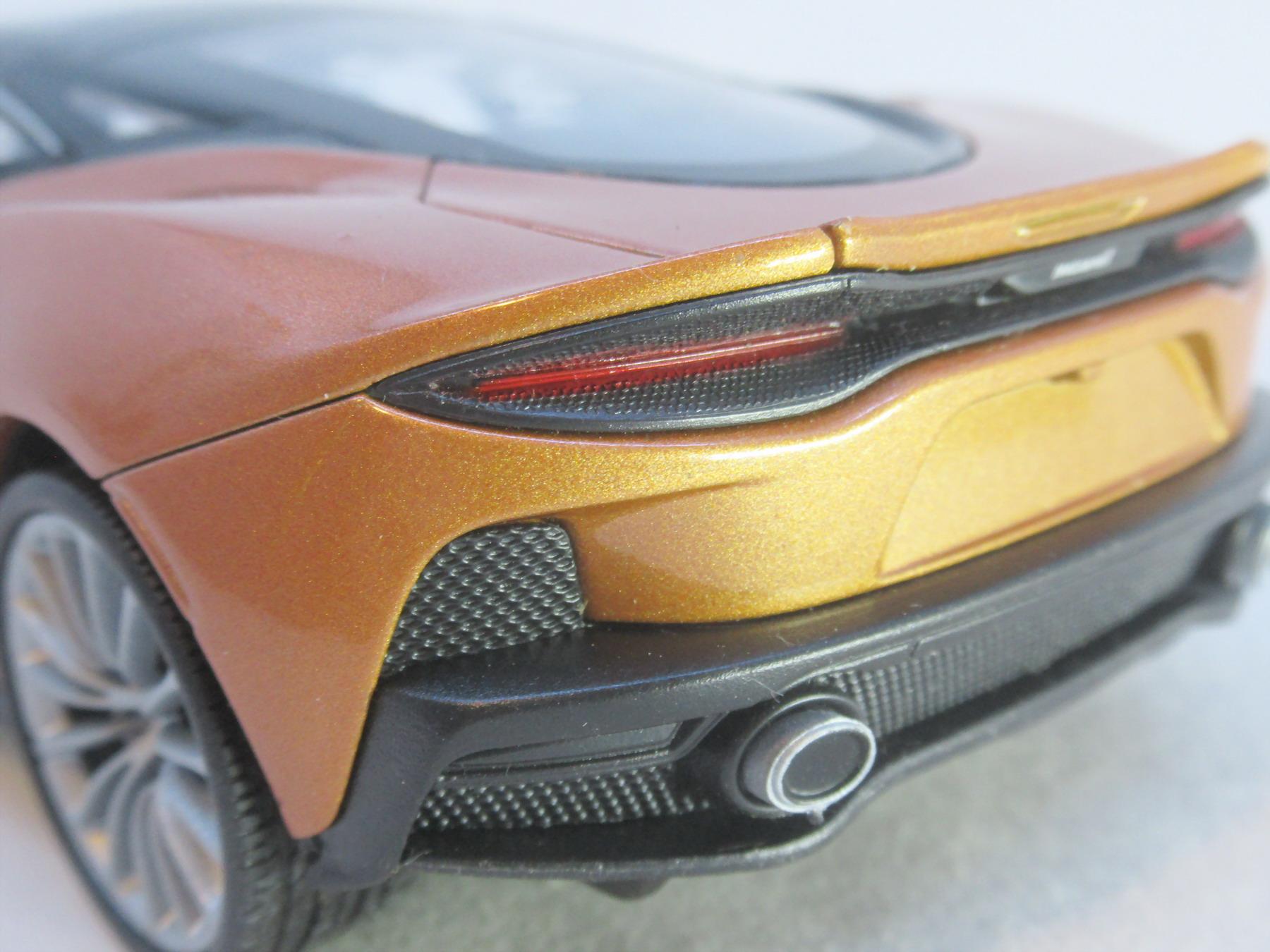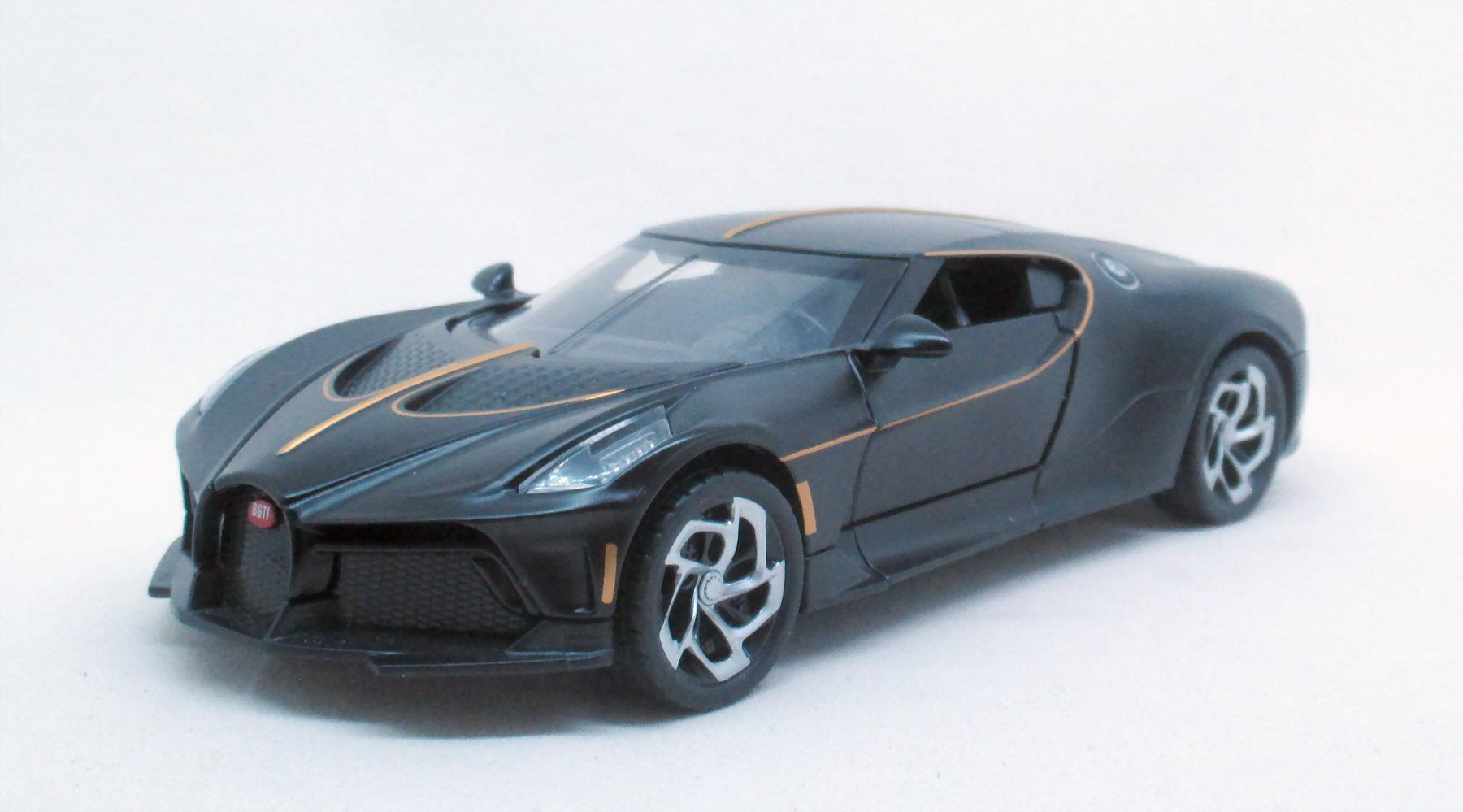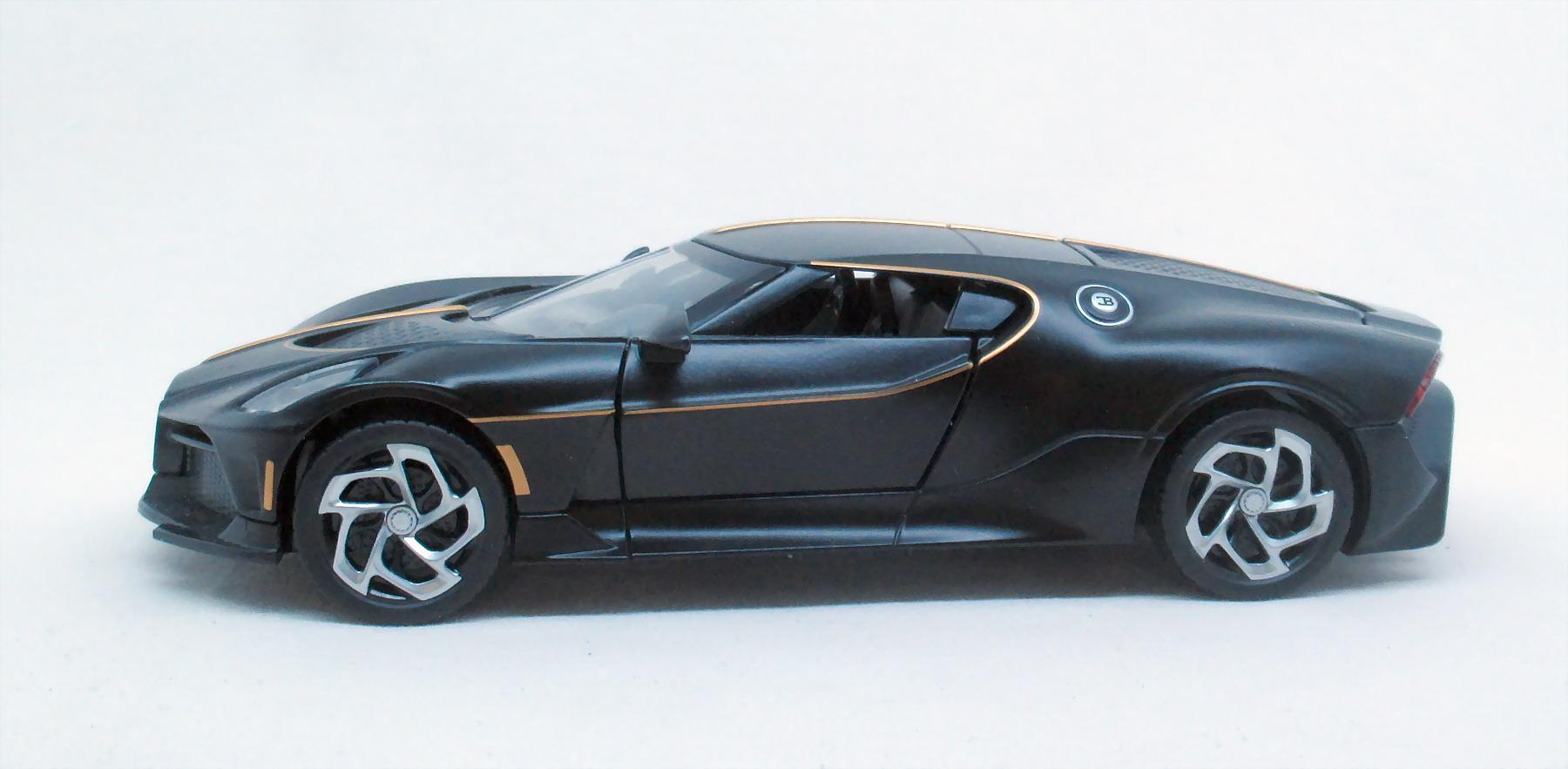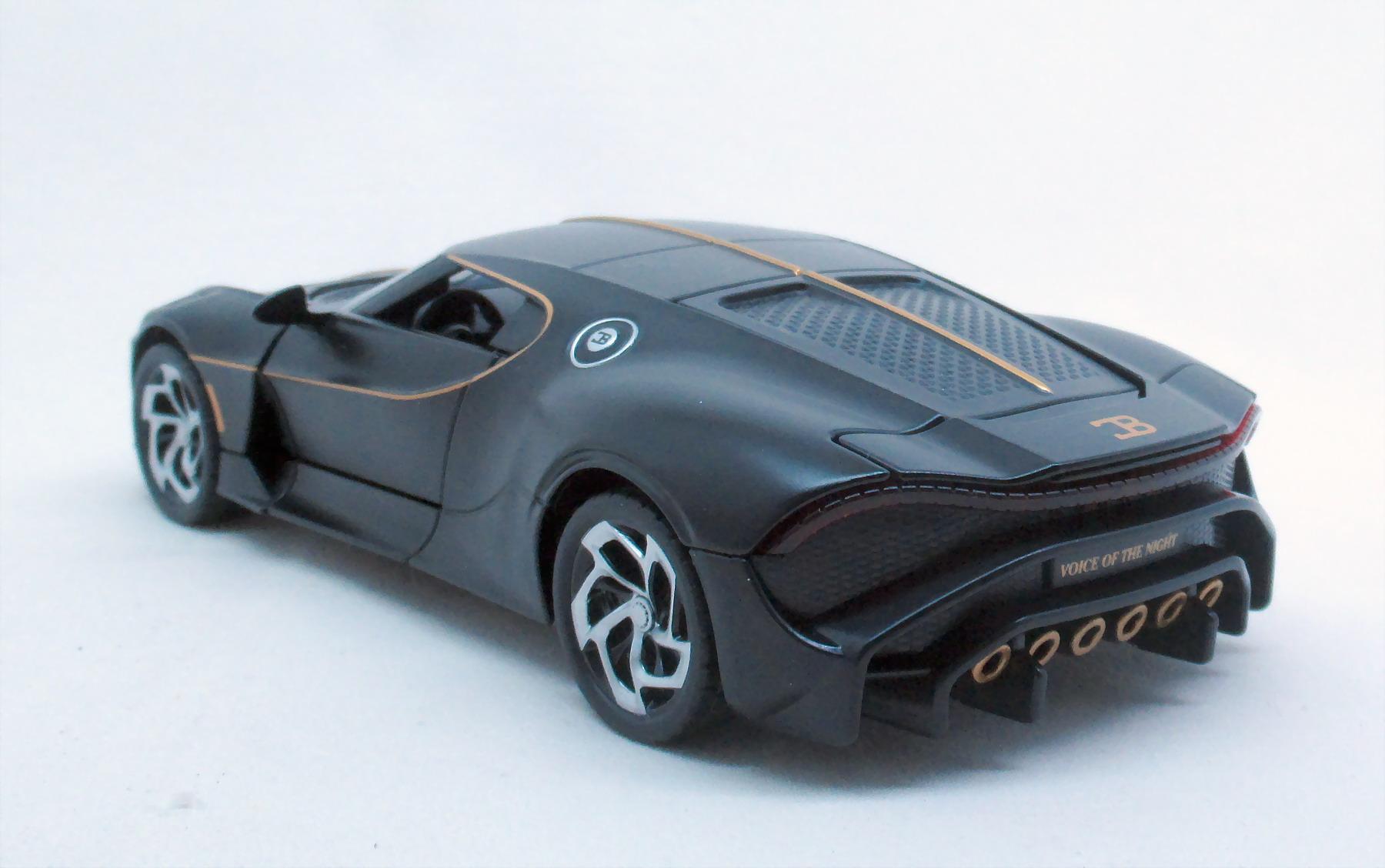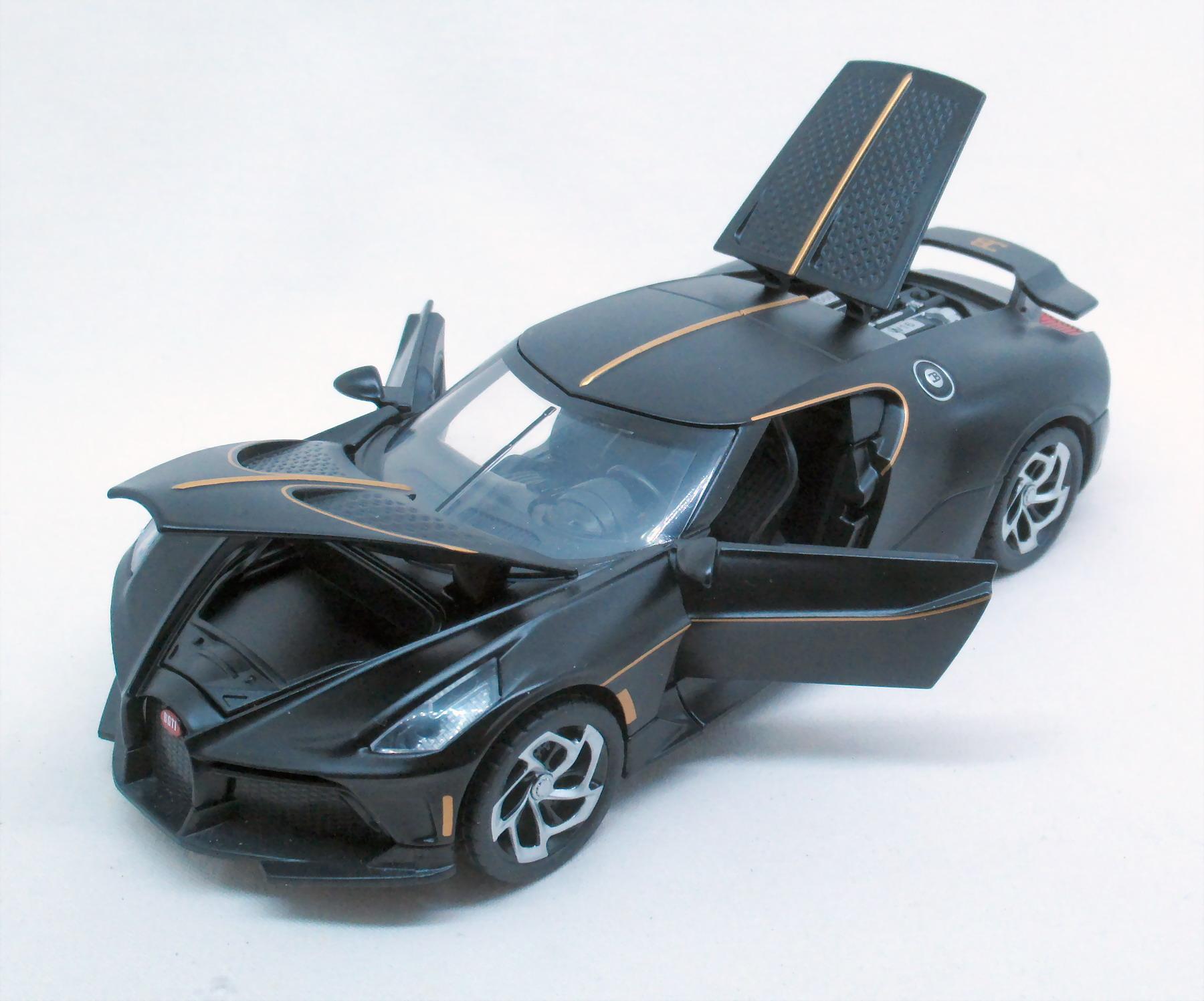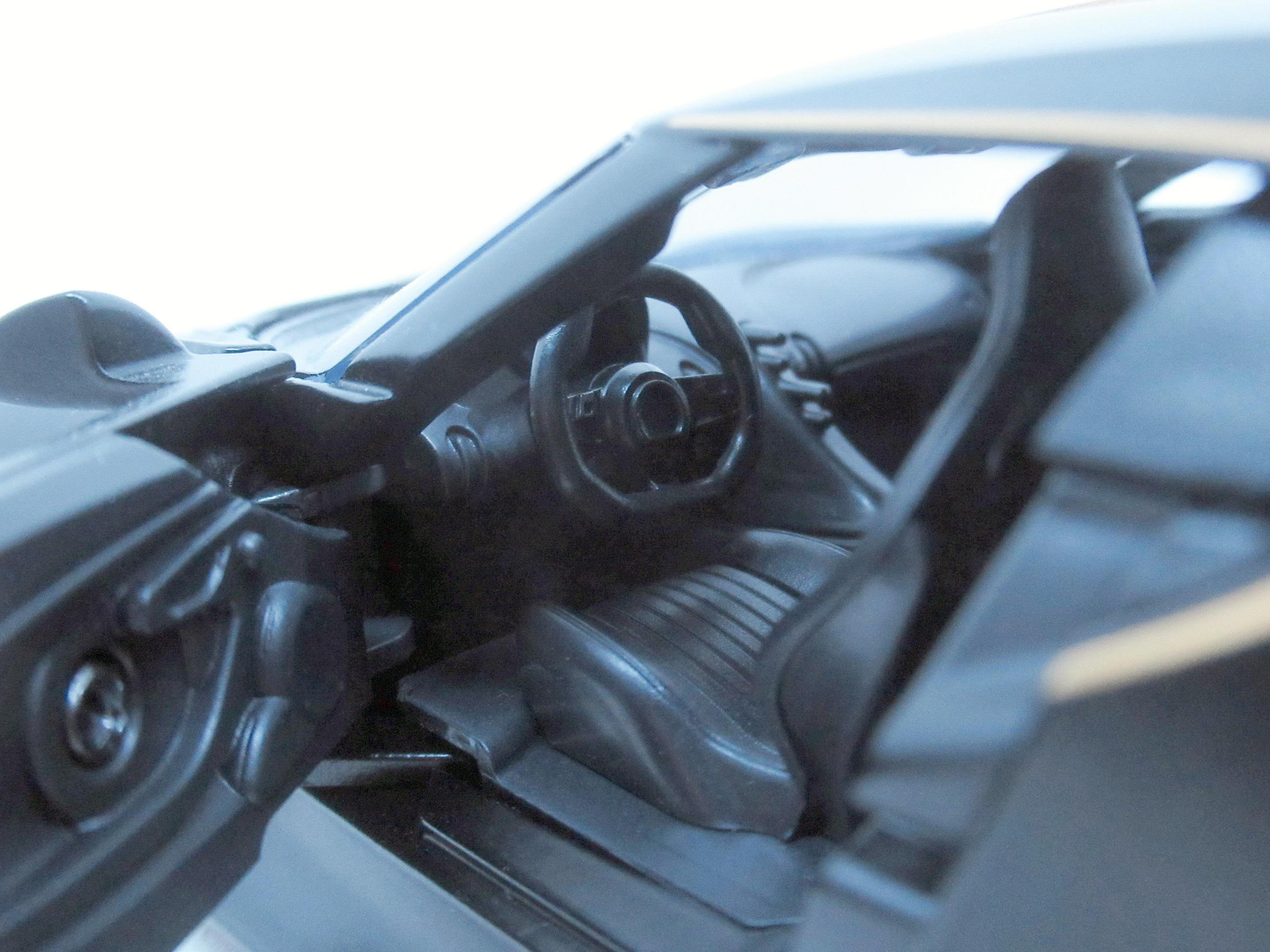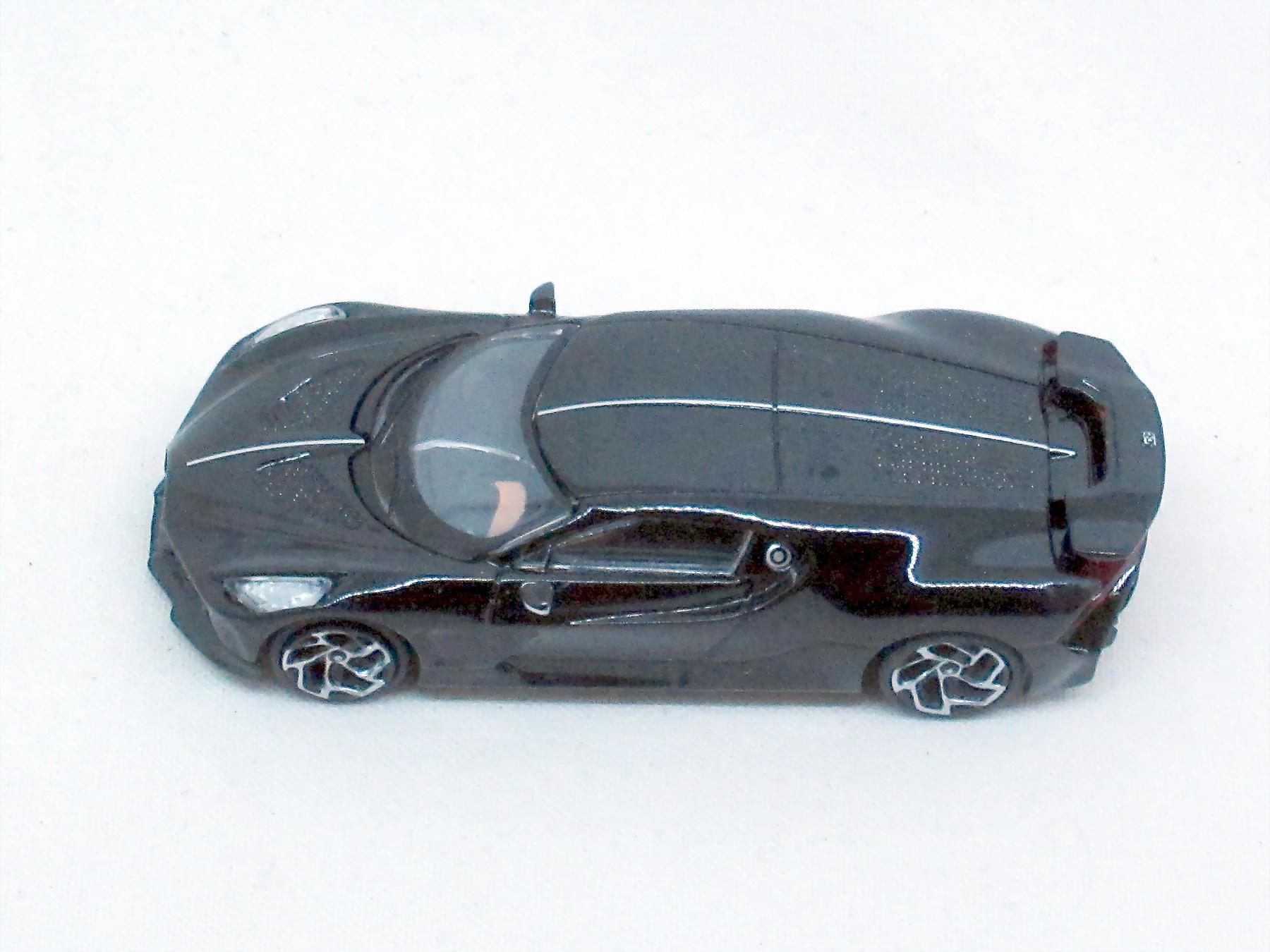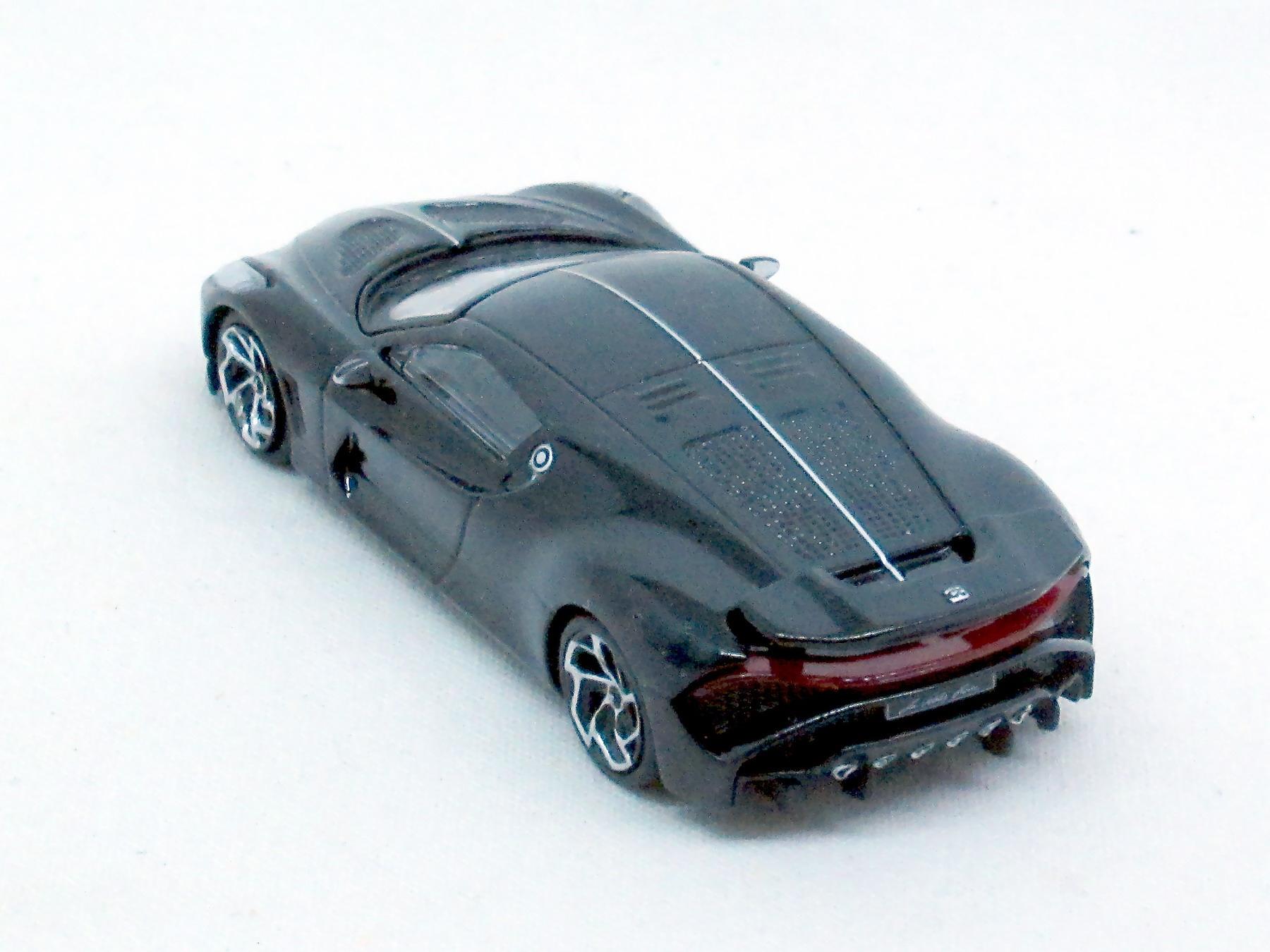-
Posts
477 -
Joined
-
Last visited
Content Type
Profiles
Forums
Events
Gallery
Everything posted by caapa
-
VW W12 Nardo 2002 Reason this concept car was to prove to the world that the VW Group can build a supercar and can build a large and reliable engine for its luxury cars and sportscars. Italdesign team was tasked to design a mid-engined car with a 600 PS 12-cylinder engine in a W configuration and the Volkswagen's Syncro all-wheel drive system with six-speed sequential transmission. Italdesign did its job and created a supercar which could be considered the predecessor of the Bugatti Veyron. In 2001, at the Tokyo Motor Show, VW Group released their most powerful W12 sports car concept yet. It could accelerate from stand till to 100 km/h in about 3,5 seconds and had a top speed of 357 km/h. Weighed just 1200 kg only and it was one of the fastest sports car concepts in the world at that time. And indeed, in 2002 the coupe took the world record for all speed classes over 24 hours over the Nardo Ring, covering a distance of 7,740.576 kms at an average speed of 322.891 km/h. The model made by Motormax 1:24. Enjoy the pictures.
- 443 replies
-
- conceptcar
- showcar
-
(and 1 more)
Tagged with:
-
Thank you for the nice comment. The engine and enviroment is realy nice detailed. Unfortunately, the engine cover and spare wheel carrier covers most of these parts.
-
Benz Patentwagen 1886 Benz was the first to develop a „horseless carriage” with internal combustion engine into a product for everyday use. Karl Benz applied on 29 January 1886 a patent for a three-wheel trolley with petrol engine and chain drive. He used a 954 cc single-cylinder four-stroke engine with trembler coil ignition. This new engine produced 2⁄3 hp at 250 rpm. It was an extremely light engine for the time, weighing about 100 kg. The fuel is a petroleum fraction ligroin called as heavy naphtha too. The car had not been built with a carburettor, rather a basin of fuel soaked fibers that supplied fuel to the cylinder by evaporation. The original cost of the vehicle was 600 imperial German marks, approximately 150 US dollars – that time. For the first time Karl Benz publicly drove the car on July 3, 1886, in Mannheim at a top speed of 16 km/h. But his wife Bertha demonstrated its feasibility in a trip from Mannheim to Pforzheim - 106 km - in August 1888. The original vehicle remains extant and was restored in 1906 and donated to the Deutsches Museum in Munich, Germany. The model made by a NoName manufacturer /China in 1:12 scale. The engine is „working” : you need only push the car forward and thanks for the rubber belts of transmition, cone gear, crank shaft with counterweight and piston rod the piston moves for and back in the cylinder. The flywheel helps the smooth runing of the „engine”. (originally the engine could started by the flywheel) Enjoy the pictures.
- 443 replies
-
- 1
-

-
- conceptcar
- showcar
-
(and 1 more)
Tagged with:
-
Hi Michael, yes, it`s right: Revell made a kit in scale 1:24 with the same issue of the BMW "kidney beans grille". I built the 1:24 and corrected the nose and made functional the doors and rear engine cover.
-
Audi Project Rosemeyer 2000 Named after the legendary race car driver Bernd Rosemeyer who made the 1930s Auto Union „Silver Arrow” race cars famous. . He died at the young age of just 28 behind the wheel of an Auto Union Streamline. It happened during a top speed record-breaking attempt while doing around 440 km/h on the Frankfurt to Darmstadt motorway. The concept car debuted June 1, 2000 at the Autostadt in Wolfsburg, Germany. The car was planed with a - from Bentley Hunadiéres known - monstrous W16 8.0-liter naturally aspirated engine, 700 horsepower, quattro all-wheel drive and six-speed manual gearbox. Audi said the Rosemeyer would do 350 km/h. As a matter of fact, the concept was not even functional. But the W16 engine came to life in the Bugatti Veyron 2001 with 4 turbo chargers and lived longer heavily upgraded still today in the Bugatti Chiron. The model sold by Suntory Boss in 1:50 scale. The head and rear lights are inserted plastic and the car is driven by flywheel. But it has a little dinamo too - the headlights come on while driving. So the toycar has more function as the 1:1. Enjoy the pictures.
- 443 replies
-
- 1
-

-
- conceptcar
- showcar
-
(and 1 more)
Tagged with:
-
1-75 story 31 Cugnot Fardier á Vapeur 1770 Nicolas Joseph Cugnot a french military engineer designed the „Fardier á Vapeur” in 1769 for a new way to transport heavy equipment – artillery pieces first of all – to battlefield. The first steam-propelled vehicle in history was born - an automatically moving vehicle, or automobile for short. The base was a gun carriage that would have normally been drawn by horses, but he adapted a large boiler in front where water was heated with firewood, which produced steam. The steam powered the pistons of two side cylinders that moved notched discs on the front wheel. It was planed to reach a top speed of 15 km/h, but the absence of pressure regulation in the boiler made it very difficult to control. To make things worse, the steering was unwieldy and there were no brakes. At nearly three tons of weight and with some problems of stability , it was not exactly an easy vehicle to handle. According to eyewitnesses the vehicle reached a speed around 5 km/h during the first tests, which ones ended with the fardier crashing against a wall. That was the world’s first automobile accident . It was enough for the opponents and disbelievers to stop the projekt. The prototype built by Cugnot more than 250 years ago is a distant cousin of today’s cars and still exists. It is on display at the Museum of Arts and Crafts in Paris. I built the model trying to use the original materials, construction and tecnologies - as much as it was possible. So the boiler made of sheet-copper, upper and lower part are embossed with hammer, the middle part is from 4 bent segments. The chassis is made not from oak but a rather homogen hardwood with tongued and grooved joints. The wheels are made with wooden segments, spokes and hub. The iron parts are made of metal and plastic. The rear wheels are rolling free, all other moving parts are moving (except the steering and steam regulator arms) – but only to a rather limited extent . Enjoy the pictures.
- 443 replies
-
- 3
-

-
- conceptcar
- showcar
-
(and 1 more)
Tagged with:
-
Crysler Crossfire 2001 The Crossfire was a concept/show car design that actually got built – which is rare. It was Crysler`s first sports car and based on the Mercedes SLK. (that time Chrysler was owned by Daimler-Benz) It was a very good sports car but it was less a performance car than a casual cruiser. It was fast and fun to drive with excellent handling and bracking and even had an active aero with small rear wing for downforce at high speed. The 3,2 litre V6 engine pushed 215 hp, later the SRT6 version a much healtier 330 hp. The acceleratrion 0 – 100 was about 5 sec, which was rather fine. Despite all this the car wasn`t a great success and 2008 was the swan song of a love child born out of the troubled Daimler - Chrysler marriage. Jeremy Clarkson (Top Gear) said : Great looking car, and let's face it, they could have chosen a worse platform to base it on, but they didn't. The model made by Motormax in 1:24 scale. I repainted the body and detailed the interieur by painting. Enjoy the pictures.
- 443 replies
-
- 1
-

-
- conceptcar
- showcar
-
(and 1 more)
Tagged with:
-
Hi Michael, I like very much your collection of Ferraris and Lamborghinis. I collect the same types in 1:24 scale where the model range is poorer and different. I look forward to seeing more models with great interest.
-
Ferrari 599XX 2010 At the 2010 Beijing International Auto Show, Ferrari announced that the 599XX had run the lap of the Nürburgring in 6’58,16”, the second fastest time ever recorded for a production-derived sports car. The 599XX based on the 599 GTB Fiorano. („599” is the displacement of the V12 engine divided by 10 – why 10, probably nobody know it even at Ferrari) The engine is 6,0 l, V12 placed front-mid with 700 HP at 9000 rpm. The car accelerates 0-100 km/h in 2,9 sec and the topspeed is 315 km/h. (red line speed) The 599XX isn’t road-legal, nor is it even track-ready without the aid of a team of Ferrari mechanics. Buyers of a base 599XX got, for their $1.75 million, the car along with six Ferrari-sponsored track test days. For an additional $250,000—that is, about the price of a new Ferrari 458—existing owners will receive another six track days, along with upgrades. It’s the upgrades that make this such a bargain: there’s all the usual engineering tweaks—changes to the suspension, increase the power to 730 horses—but the crux of this all is the active rear wing, similar to the Drag Reduction System (DRS) technology from Formula One. It features two flaps which rotate automatically, based on telemetry of the car’s speed, steering angle, lateral acceleration, and more, in order to raise or lower the downforce on the rear wheels—and the best, the front wheels as well. Manufactured from 2009 to 2012, with only 44 units built. The model made by a NoName manufacturer in China in 1:64 scale. It is with nice wheels and rubber tires, inserted plastic front and rear lights, opening doors. Would be a credit to any well-known manufacturer. Enjoy the pictures.
- 443 replies
-
- 1
-

-
- conceptcar
- showcar
-
(and 1 more)
Tagged with:
-
Wow, unknown (for me) design elements of a Corvette. Is there any picture or name of this custom car?
- 443 replies
-
- conceptcar
- showcar
-
(and 1 more)
Tagged with:
-
Chevrolet Corvette XP-700 concept cars 1958 - 1960 Chevrolet started to make a new Corvette-study in 1958. The design is from Bill Mitchell, at the time GM`s Vice-President of Design. The base was the bone-stock Corvette, the vehicle`s powertrain and other mechanical attributes went untouched. The first variant was a two tone blue hardtop. Later they replaced it with a convertible top in April and changed the body colour to red in August. These early versions were not made public. In October of 1959 a double bubble laminated plastic top was added. The new top was coated with vaporized aluminium in an attempt to cut down on heat transfer into the cabin of the car. The final, revised version with longer and reshaped front came in silver colour in 1960 and debuted at the 4th International Automobile Show in New York in April. After its show circuit days began the story became mysterieus. A debate still exists today regarding its disappearance and the mystery still surrounds the circumstances of the XP-700`s whereabouts. The models of the early versions made by converting Matchbox #72 Corvettes 1962 in 1:64. I removed the front of the cars and replaced it with a block of wood glued with epoxy putty. I closed the gap behind the seats of roadster same way. I drilled new holes for rear lights, removed rear bumpers and filled the remained gap with putty. I bent 0.3 mm wire and glued with superglue on the edge of cove panel inserts in front fender to give more accent to this line. I cut 2.5 mm circles from transparent plastic and glued for headlight lens. The rear lights are made of red transparent plastic and glued in the new holes. The original Matchbox wheels were to small so I copied old Matchbox wire wheels and enlarged the tires to get the right dimension. The final variant in silver is altered from an 1:24 AMT Corvette Two in One plastic kit. I did the front end in the same way as the Matchboxes. Windshield and double bubble top made vacuum formed, side pipes are scratch built, the wheels are spoked according to the Borani wire wheels scheme, the engine wired and plumbed. Enjoy the pictures.
- 443 replies
-
- 1
-

-
- conceptcar
- showcar
-
(and 1 more)
Tagged with:
-
Thank you Gary the nice comment. This was my 8th model in 1:75 scale of my works. It will come even a better one.
- 443 replies
-
- conceptcar
- showcar
-
(and 1 more)
Tagged with:
-
Keller Hydromac with Log Gripper 1964 That time there was no one with english knowledge in the company so I was asked to interpret during the training the operator and taking over the machine. I asked for a catalog of the machine from manufacturer to make a model of them and got it. I made the model mainly from drawing cardboard laminated with epoxy, wires, wood, treat and rubber. The hydraulic cylinders are made of insulated aluminium wire. I pulled the wire from insulation, polished the aluminium till it moved easily and cut to size. The ready model got some drops of oil in the hydraulic to make the moving even easier. The hydraulic hoses are made by treat. The track is made of a section of a bicykle inner rubber – alas there is no patern on it. Enjoy the pictures.
- 443 replies
-
- 2
-

-
- conceptcar
- showcar
-
(and 1 more)
Tagged with:
-
Bugatti Divo 2018 Using the Chiron’s formidable underpinnings, the Divo has been developed as less of a continent-crossing GT car and more of a winding back road beast. To introduce the Divo the Bugatti president Stephan Winkelmann said „…the Divo is made for bends.” The car is powered by an 8.0-liter quad-turbocharged W16 engine that delivers 1500 horsepower. The top speed is 380 km/h and the Divo can go from 0 to 60 mph in just 2,4 seconds. The car can handle the Nardò track in southern Italy a full 8,0 seconds faster than the Chiron. Exterior design is inspired by the Bugatti Type 57SC Atlantic. The huge inlets mean engineers have been able to improve cooling and increase downforce by 90 kg over the Chiron, with the help of a 23% larger rear wing. The car is also 35 kg lighter. And the fuel consumption, l/100 km is lower at high and extra high speed 18%. Only 40 units were produced, the price tag was €2,5 million. The model made by JKM/China 1:64. Enjoy the pictures.
- 443 replies
-
- conceptcar
- showcar
-
(and 1 more)
Tagged with:
-
Hi Gilbert, thanks for the nice comment. János
- 443 replies
-
- conceptcar
- showcar
-
(and 1 more)
Tagged with:
-
BMW Z1 Roadster 1988 In the mid of the 80`s the chief of the newly founded BMW Technik, Ulrich Bez, got that time 10 Million German Mark and the following commitment: „Do something different”. On the IAA `87 (International Auto Show in Germany) BMW made the scene with a new roadster: the Z1. The „Z” is the abbreviation of „Zukunft” (Future). During the exhibitation BMW got 5000 orders for Z1 without the price being published. The BMW Z1 was designed to test the limits of the technical possibilities of the time. The roadster had a unique feature: lowering doors. This door design is only possible because of the unique stability and torsional rigidity of the steel monocoque, which is galvanized as a single piece. The doors can and should be opened on the move. No one of the inventors would never have imegined that these doors will be mass produced one day. The body consists of fiberglass and plastic parts. The engine is a 2.5-litre straight-six, 170 PS with a 5-speed manual transmission. Top speed 225 km/h and the acceleration 0 – 100 km/h 7,9 sec. The BMW Z1 is considered by many to be underpowered with its 2,5 litre six-cylinder engine. Alpina have solved that problem by replacing with a 2.7 litre engine. This increased the power to a guaranteed 200 bhp probably more according to Alpina. 66 cars were fitted with an Alpina engine. The model made by Revell in 1:24 scale. I repainted the interieur and detailed the engine-bay by some paint. Enjoy the pictures.
- 443 replies
-
- 2
-

-
- conceptcar
- showcar
-
(and 1 more)
Tagged with:
-
Plymouth Pronto Spider 1998 This concept car is designed to drive like an exotic sports car but not for their price. The bodywork used lightweight recycled materials of disposable drink bottles and packaging, largely PET, over a steel chassis. A mid-mounted, turbocharged, 2.4 L, 225 hp, 4-cylinder engine and a five-speed manual transmission completed with a low center of gravity and 18” aluminum wheels with 225/40 tires gave an excelent driving experience. The car was probably capable of 0-60 times around 5.5 seconds. But there were some negatives too. The retro-themed cockpit wore a rich red hue, though much of the colored surfaces were sprayed-on paint only. Even there were some greater problems too. A lack of structural rigidity, crashworthiness, and other packaging issues astoped any production plans for the Pronto Spyder. The model made by Maisto 1:24 scale. I completed the interieur colour combo and highlighted some details by painting. Rear and headlights are repainted and covered inside by alufoil. Enjoy the pictures.
- 443 replies
-
- 2
-

-
- conceptcar
- showcar
-
(and 1 more)
Tagged with:
-
Working on my newest vehicle model - which has little to do with today's cars - I thought I would show two of my old models, although not really sports cars but vehicles. Latil T41 Skidder 1967 In the mid 60`s as a technical draughtsman got some access to special journals of wood working and forestry. I saw this skidder and specially fascinated me the articulated steering of the vehicle. And there was a bluepint too, so it must be modeled. I made the model from wood, wires, 0,1 mm copper plate, rubber and tread. I enjoyed to curve the tyres with the great off-road pattern very much. Same way the connection between front and rear part with two axels for steering and to tilt the two parts relative to each other on difficult forest terrain. And the rotating cable drum for tow the logs with wire cable – sorry – with tread. Enjoy the pictures.
- 443 replies
-
- 1
-

-
- conceptcar
- showcar
-
(and 1 more)
Tagged with:
-
Nice model and the wheels are rather good too. How much detailed the enginebay ?
-
Rolls Royce Spectre 2022 In 1900, motoring pioneer The Hon Charles Stewart Rolls made a bold prediction in a magazine article: “The electric car is perfectly noiseless and clean. There is no smell or vibration. They should become very useful when fixed charging stations can be arranged,” But it was more than a century later that his vision was finally realised at the company co-founded with Royce too. In 2021 Rolls-Royce Motor Cars confirmed it had begun testing a car conceived and engineered from the beginning as an electric car. The testing programme extended to more than 2.5 million kilometres. It was the first step to the planed fully electric product portfolio to the end of 2030. The car rides on the same luxury platform as the Phantom and Cullinan. It has two e-notors, one for the front wheels and one in the rear with a total 584 PS. The litium-ion batterie-pack provivides a 530 km range. The acceleration 1-100 km/h 4,5 sec. The body of the coupe style car has some supelatives: Pantheon grille is the widest ever fitted to a Rolls-Royce, the doors are almost 1.5 metres in length and are similarly the largest ones ever fitted. With this doors need the car a 4,6 m wide parking place to be able open the two doors fully. An Effortless Door System power assisted make the entry and debording „effortless”. Not long ago the luxury automaker has issued a recall for 107 Spectre, citing a potential safety concern related to a faulty ground cable. Supposedly possible fire hazard due to adhesive residue. Well – human beeings work at RR too and to err is human. (and oh yes, the top speed 250 km/h – in brackets only because this isn`t one of the most important feature of a Rolls Royce, said RR) The model made by NEWAO/China in 1:24 scale. Enjoy the pictures.
- 443 replies
-
- 1
-

-
- conceptcar
- showcar
-
(and 1 more)
Tagged with:
-
- 443 replies
-
- conceptcar
- showcar
-
(and 1 more)
Tagged with:
-
Philippine Jeepney The Philippine Jeepney is a filippino innovation of the G.I. surplus jeep during the 1940`s. The unique vehicle was the answer to the country`s scarcity of transportation after the war. It has the same strong engine of a U.S. Army jeep but was resized and converted into a public utility vehicle. A typical jeepney would usually accomodate 20 – 30 commuting passangers. The result was a time enduring vehicle with a remarkable combination of Filipino ingenuity and creativity in the mids of the post war crisis. In terms of appearence no Jeepney exactly the same . Each jeepney was designed with well- -detailed artworks elaborately displayed on its bodies and even in the vehicles interior. Every single one has its own unique design and is usually given touches often reflective of a common-man`s sentiments of the time. Today the Phillipines Jeepney is the most popular means of transportation in the Phillipines. It is proof of the Filipino`s world renowned ability to produce efficient technology from scrap machinery and limited financial resources. Truly. Jeepneys have become the country`s symbol of adaptation to global influence and change. (vendors description on the box) The model is made in the 3” size range. No manufacturer or land of origin marked. Sold by Phillipine Touristic offices. Enjoy the pictures.
- 443 replies
-
- 1
-

-
- conceptcar
- showcar
-
(and 1 more)
Tagged with:
-
Super deal !! I have the chinese one with opening features + lights and motorsound. As a toycar don`t disturbe me the scale.
-
- 443 replies
-
- conceptcar
- showcar
-
(and 1 more)
Tagged with:
-
Thank you Gary. My older grandson is a little envious, even though he got a similar one decorated in red. I also prefer the blue.
- 443 replies
-
- conceptcar
- showcar
-
(and 1 more)
Tagged with:

